As a marketer and pop-culture fanatic, I am fascinated by celebrity marketing. I love seeing a new ad or social media campaign featuring the biggest pop stars and actors and observing how their brand aligns (or doesn’t) with the company they endorse.
If you‘re a small or upcoming brand, you may think celebrity marketing isn’t possible for you now. Getting icons like Beyonce or Taylor Swift to endorse your product or service can’t be easy, right?
While it‘s not always simple, even smaller brands can leverage celebrities in their marketing campaigns. Here’s how you can get big-name celebs to promote your products, plus some celebrity endorsement examples to inspire (or warn) you.
Table of Contents
- What is celebrity marketing?
- Is celebrity advertising effective in 2024?
- How to Get Celebrity Endorsements
- How to Leverage Celebrity Marketing for Your Brand
- Social Media Celebrity Endorsements
- Celebrity Endorsements Gone Wrong
- Successful Celebrity Endorsements
What is celebrity marketing?
Celebrity marketing involves using celebrities to promote, endorse, or act as ambassadors for a brand‘s products or services. The idea is to use the celebrity’s influence and public favor to shine a positive light on a brand.
Celebrity marketing can take on various forms, such as:
- A social media shoutout, such as pop star and actress Ariana Grande mentioning Ralph Lauren in her Instagram caption.
- Celebrity appearances, such as the annual Met Gala, where celebrities gather to raise funds for the Costume Institute at the Metropolitan Museum of Art.
- Advertisements, such as Zendaya and Anne Hathaway’s appearance in ads for the jewelry company Bulgary.
Is celebrity advertising effective in 2024?
Celebrity advertising is still effective in 2024 but looks different from previous years. Look at this 2008 L’oreal hair dye advertisement featuring Beyonce and Solange Knowles.
Now, compare that to the 2024 ad for Beyonce’s hair care line, Cecred.
Do you see the difference?
Both advertisements feature Beyonce narrating, but the Cecred ad is more personal. In it, we see Beyonce using the products as she washes her hair while candidly explaining her process.
Furthermore, the ad is clearly shot from her phone. The video is authentic and makes the audience feel like they’re watching a friend share her haircare secrets.
In contrast, the 2008 L‘oreal ad is less relatable and is clearly shot on a curated set with cameras and glossy lighting. Most importantly, we don’t see Bey use the product or explain her process.
These ads are a prime example of how celebrity marketing has changed.
Before the rise of social media, celebrities were just names and faces on a TV screen or magazine. There were few pathways or incentives for celebrities to have genuine, authentic interactions with consumers.
Since the creation of platforms like X, Instagram, and TikTok, the divide between celebrities and consumers has been much thinner.
I’ll never forget the day I randomly posted my admiration for music icon Missy Elliot to X, and she liked and commented on my post. Or when I got into an argument on Instagram with Chet Hanks (son of actor Tom Hanks).
I was right, by the way.
The mystique of celebrity is long gone, and consumers now crave authenticity in marketing. 88% of consumers say authenticity is important when deciding which brands to like and support.
Even in influencer marketing, brands are more successful with micro and nano influencers because they have a closer and more authentic relationship with their followers than mega or celebrity influencers.
TL;DR: Celebrity marketing can still be effective in 2024 and beyond, but these kinds of campaigns have to be authentic, relatable, and personal to succeed.
 (600 x 300 px) (4).jpg?width=650&height=325&name=Copy of Facebook Shared Link - 1200x628 - Percentage + Copy - Light (600 x 300 px) (600 x 300 px) (4).jpg)
How to Get Celebrity Endorsements
When finding the right endorser for your brand, there’s no one-size-fits-all strategy. Who do you want to endorse your brand? How much should you spend? What kind of audience do you want to attract?
Before you begin your search, here are some steps I know to be helpful.
1. Figure out your budget.
Before you proceed with an endorsement, you should determine how much you will spend. Once you‘ve chosen a number, it’s essential to stick to it.
2. Know your target audience.
Before finding a celebrity, determine who you want to target your marketing efforts toward. This would also be a good time to research and identify your buyer personas. Consider:
- What kind of consumers do you want to target?
- Where is your audience engaging most?
- Do you want to reach a small or large audience?
- Consider the type of audience you want to focus on before approaching an influencer.
Check out HubSpot’s Create a Buyer Persona tutorial if you need clarification on who your buyer persona is.
3. Find celebrities who can show a passion for your brand.
It may seem obvious that choosing a popular celebrity will attract the most attention, and—in some cases—that definitely works.
However, finding an influencer passionate about your mission can give your brand authenticity. Also, pitching your idea to them is much easier if they believe in it.
For instance, actress Kristen Bell has been open about her experience with depression and anxiety, so her endorsement of the women-focused online telehealth company Hers feels natural, authentic, and empowering to women who share similar experiences.
4. Consider micro-influencers.
Micro-influencers (social media influencers with 1,000 to 10,000 followers) are more cost-effective than celebrities and, as I mentioned, can be more powerful when promoting a product.
Micro-influencers can produce up to 60% more engagement than other influencers.
Ultimately, micro-influencers are incredibly trustworthy sources within their niche industry. The content they post is usually relatable and direct to their target audience.
Think back to your target audience and compare it to the micro-influencer audience. When choosing micro-influencers, you‘ll want to ensure their audience is similar to your brand’s target audience.

How to Leverage Celebrity Marketing for Your Brand
What I love about celebrity marketing nowadays is that there is no one way to do it. Each campaign I’ve seen has been unique in its way, and its success proves there are several methods to leverage a celebrity endorsement.
Here are some ways you can do so.
Host an in-person fan meet-up with the celebrity (Bonus if it’s for a worthy cause!).
Earlier this holiday season, rapper Megan Thee Stallion partnered with True Religion to release its holiday collection.
As part of the collaboration, the company hosted an event with the artist’s Pete & Thomas Foundation, which supports underserved communities.
The event, “When Wishes Come True,” consisted of LGBT and at-risk youth shopping for new clothes with Thee Stallion, paid for by her foundation and the denim company.
True Religion posted footage from the event, which includes shots of fans happily hanging out with Thee Stallion and gleefully sharing their excitement over meeting her.
Utilize your celeb’s expertise to give your audience advice.
Since becoming a mom, rapper Cardi B has been very candid about her journey through motherhood and the lessons she’s learned along the way.
So, it made sense that Walmart would tap Cardi B for their Mom Hacks campaign series, in which mothers share their thoughts and expertise on motherhood. In the video below, Cardi gives new moms personal tips on baby care.
Release an exclusive line of merchandise.
Steph Curry and Under Armour have worked together since the basketball player signed with the brand in 2013. Curry’s endorsements of the brand have taken many forms, from community impact efforts to collaborations with other athletes.
However, one of the most popular results of Curry’s endorsement is the Curry Brand, a line of golf and basketball apparel, footwear, and accessories exclusive to Under Armour.
The brand is a massive success, boosting Under Armour’s revenue and generating $250 million annually.
Social Media Celebrity Endorsements
Now more than ever, celebrity endorsements have a more significant impact due to the popularity of social media marketing, which is suitable for small brands.
Why? Social media is typically more affordable than traditional platforms like TV and radio. Additionally, it’s often more effective than traditional marketing campaigns. Social media can create a direct relationship between your brand and the consumer.
And, let’s be honest, who isn’t on social media? In 2024, 72.2% of the U.S. total internet user base used at least one social media platform. Social media is a compelling opportunity for small businesses to increase brand recognition and reach a larger audience.
And connecting with your social media audience doesn’t have to be difficult.
Tools like HubSpot’s social media software are available to help you keep up with your audience and gauge their likes and dislikes, which can help you determine the kind of celebrity they’ll want to represent your brand.
Of course, celebrity endorsements can often be risky endeavors. Let’s explore some examples of bad celebrity endorsements next.
Celebrity Endorsements Gone Wrong
Celebrity branding can be a double-edged sword. On one hand, the right celebrity endorsement has the potential to cast your brand in an excellent light and elevate your audience to new heights.
On the other hand, celebrities can be unpredictable. Scandals from their personal lives can surface and reflect poorly on your brand.
Their views can change and no longer align with your brand’s vision, or they may not connect with your audience as much as you hoped.
Here are some celebrity endorsement examples that missed the mark.
1. Beyonce and Adidas
I‘ve been a fan of Beyonce since the Destiny’s Child days, so I had high hopes for the collaboration between Ivy Park (Bey‘s athleisure brand) and Adidas.
Unfortunately, my hopes were dashed when Bey and Adidas made like Destiny’s Child and parted ways.
As it turns out, sales from the Ivy Park / Adidas collaboration fell to $40 million, well below Adidas‘ projection of $250 million.
Beyonce is one of the world’s most famous and influential celebrities, so how could any collaboration with the artist be anything less than successful?
Well, remember what I said earlier about authenticity and accessibility?
While collaborating with Adidas, Beyonce didn’t establish personal, authentic consumer connections.
Ivy Park / Adidas ads consisted of glossy, highly stylized videos of Bey and other celebrities modeling the clothes but ultimately saying nothing personal or genuine about the products.
There were no videos of Bey doing a real workout while sporting the merchandise, no narration, and no candid shots or moments. The promotional materials were visually stunning, but the content was impersonal and inauthentic.
The failed collaboration with Adidas proved that fame alone isn’t enough to guarantee a successful endorsement.
So, make sure whatever celebrity or influencer you work with is willing and able to build genuine relationships with your target consumers.
2. Ray J and Bunny Eyez
Singer, songwriter, and television personality Ray J collaborated with eyewear company Bunny Eyez to promote the limited edition Ray J Jacob tiltable frames.
Sadly, Ray J made an embarrassing misstep by overselling the durability of the glasses.
In an interview with entertainment journalist Speedy Morman, Ray J called his line of Bunny Eyez frames unbreakable and confidently challenged Morman to try breaking them.
In a moment that became one of the biggest memes in the last decade, Morman easily and with a straight face snapped the frames in half on camera.
After a beat of awkward silence, all Ray J could muster was a feeble “I don’t care.” To this day, I believe this to be one of the funniest videos on the internet.
To avoid blunders like this, set guidelines for how you want a celebrity to promote your brand and ensure they don’t make any promises you can’t keep.
3. The Rock and The U.S. Army
Actor and former wrestler Dwayne “The Rock” Johnson‘s $11 million marketing deal to promote the U.S. Army wasn’t only unsuccessful, it cost the army recruits.
According to Military.com, the agreement between the U.S. Army and The Rock’s United Football League resulted in the loss of 38 enlistments.
A significant issue with the deal was that The Rock reportedly failed to promote the U.S. Army via his social media accounts in accordance with their agreement. Basically, he allegedly made fewer posts than he was supposed to.
If you’re going to enlist a celeb to endorse your brand, be clear about how many posts they’re supposed to make and take them to task if they don’t uphold their end of the deal.
Successful Celebrity Endorsements
Next, let’s explore some examples of successful celebrity endorsements.
1. Megan Thee Stallion and Nike
Megan Thee Stallion’s deal with Nike began in 2021 after the rapper became candid about her fitness and mental health journey. The partnership includes a line of footwear, apparel, and digital workouts.
Thee Stallion’s endorsement quickly saw success with her Nike apparel line, Hot Girl Systems, selling out within a week of its launch. The campaign remains successful for several reasons.
For one, Megan Thee Stallion is admired for her athleticism on stage almost as much as her artistry.
So, the partnership feels natural and even includes Megan acting as the “Hot Girl Coach” for the Nike Training Club app, where she shares workout routines and encourages healthy habits such as meditation.
2. Doja Cat and Taco Bell
In 2020, rapper and singer Doja Cat made multiple posts to X demanding Taco Bell bring back the discontinued Mexican Pizza. By this time, Doja Cat already had two viral songs nearly inescapable to anyone online, “Moo” and “Say So.”
Knowing Doja Cat’s talent for creating viral hits, Taco Bell responded by partnering with her, commissioning the artist to write a silly song about pizza, and featuring her in multiple Taco Bell ads.
Demand for the Mexican Pizza grew, and Doja Cat announced the return of the menu item during her 2022 Coachella performance.
The return was so well-received that the fast-food giant ran out of ingredients for the item in just two weeks.
3. Saweetie and True Religion
Rapper Saweetie collaborated with True Religion to promote its Spring 2024 collection and first women-focused campaign.
The collaboration was an excellent match because Saweetie is open about her love for the brand and grew up wearing True Religion.
Moreover, according to Kristen D‘Arcy, True Religion’s chief marketing officer, Saweetie‘s luxurious and self-assured persona embodies the brand’s values of “confidence meets individuality.”
True Religion’s work with rappers like Saweetie, Megan Thee Stallion, and Chief Keef helped the brand make a huge financial comeback by associating its clothes with hip-hop, one of the most popular genres among Gen Z.
4. Kristen Bell and Hers
As I said, Kristen Bell‘s openness about her experience with depression and anxiety made her collaborate with the online telehealth company Hers. Bell serves as the company’s first Mental Health Ambassador and appears in ads for Hers.
The ads are short and to the point, but they feature Bell speaking sincerely and relatably about mental health and her reliance on it.
Celebrity Marketing Takeaways
Trying to get the most famous person you can think of to endorse your brand can be tempting, but it’s not always the best decision.
The wrong celebrity endorsement can harm your brand’s image build a rift between you and your intended consumers.
You need more than just getting the biggest celebrities in the world to represent your brand. You need to recruit big names who have an authentic alignment with your brand and can personally connect to your audience on a genuine level.
More importantly, their values and public persona must align with your brand’s mission. Remember all this before you reach out to the brightest stars on the red carpet.
![]()






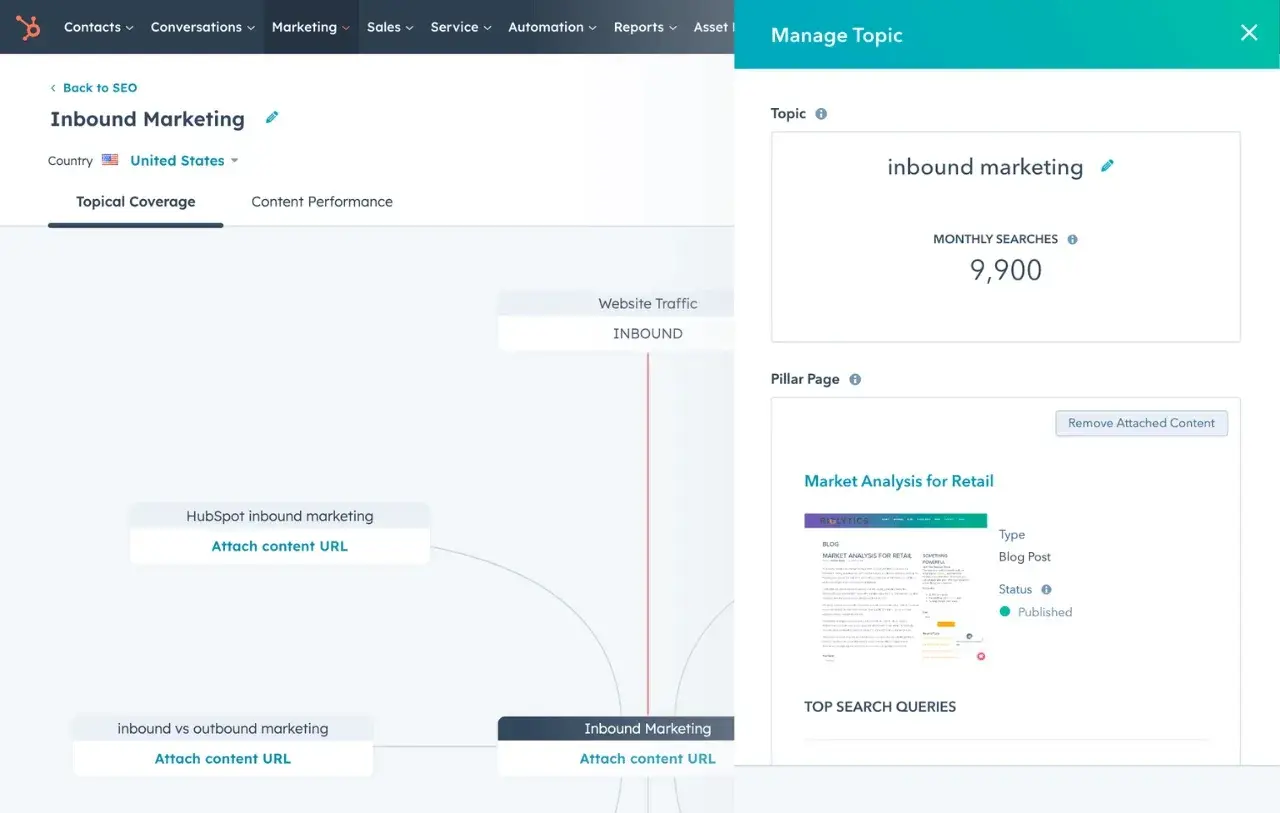
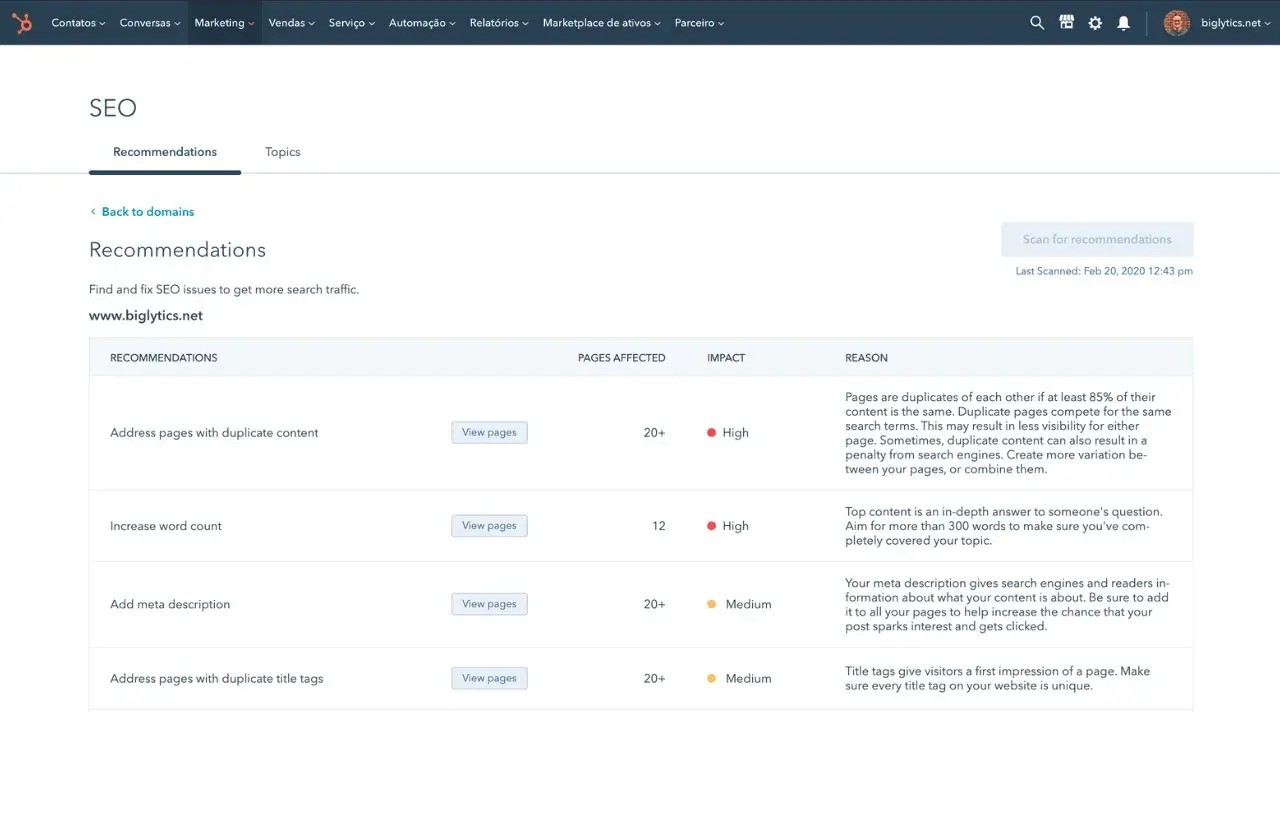
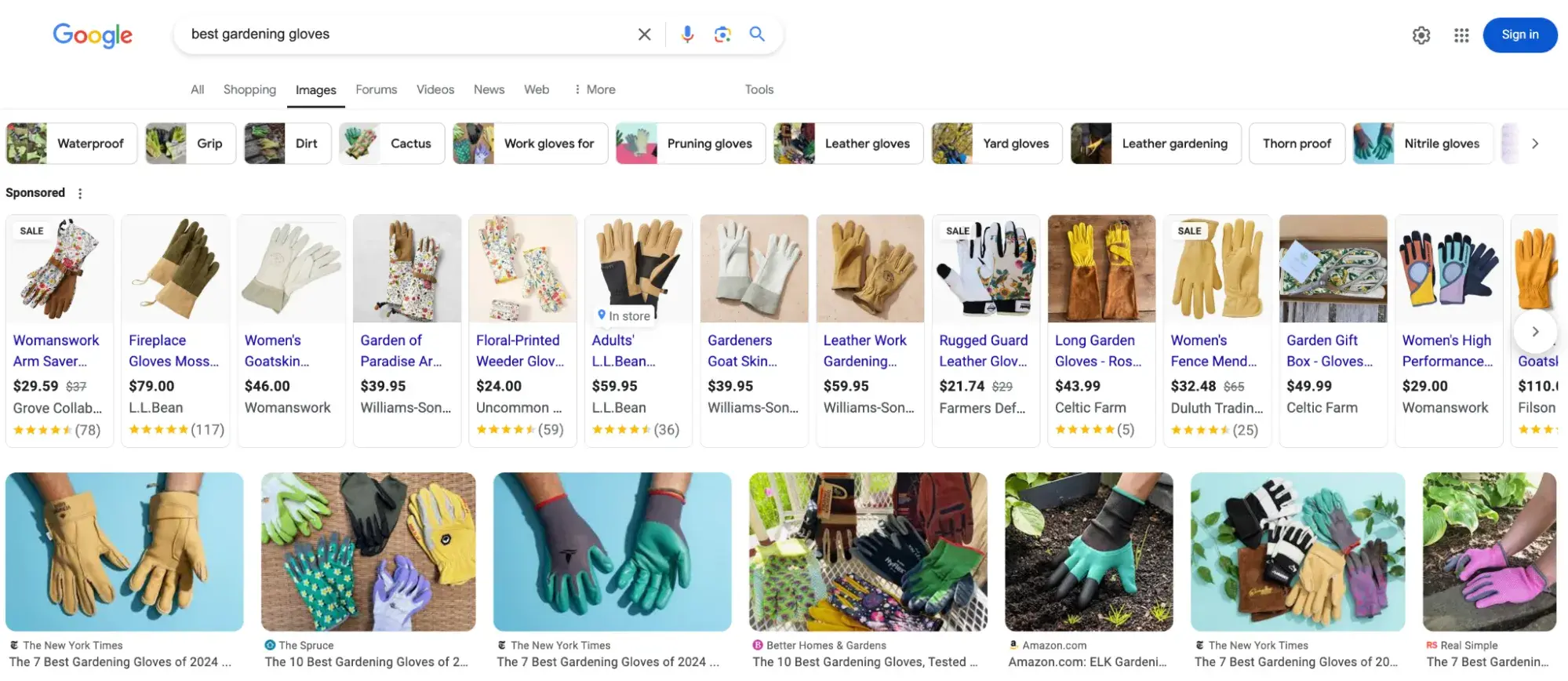
![Download Now: The Annual State of Artificial Intelligence in 2024 [Free Report]](https://i4lead.com/wp-content/uploads/2024/12/b72f2b25-8cc9-4642-9a1b-1e675d3d273b-5.png)
.jpg?width=593&height=310&name=Copy of Facebook Shared Link - 1200x628 - Percentage + Copy - Dark (20).jpg)
![→ Access Now: Video Marketing Starter Pack [Free Kit]](https://i4lead.com/wp-content/uploads/2024/12/8f27c677-d952-4663-8787-bf65c6a1ecf2.png)
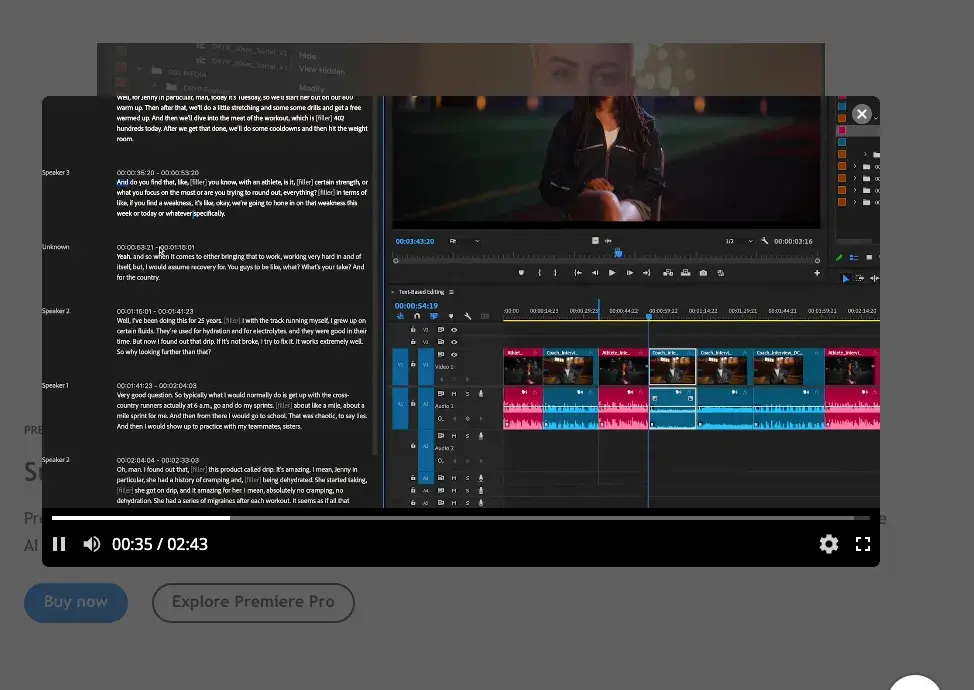
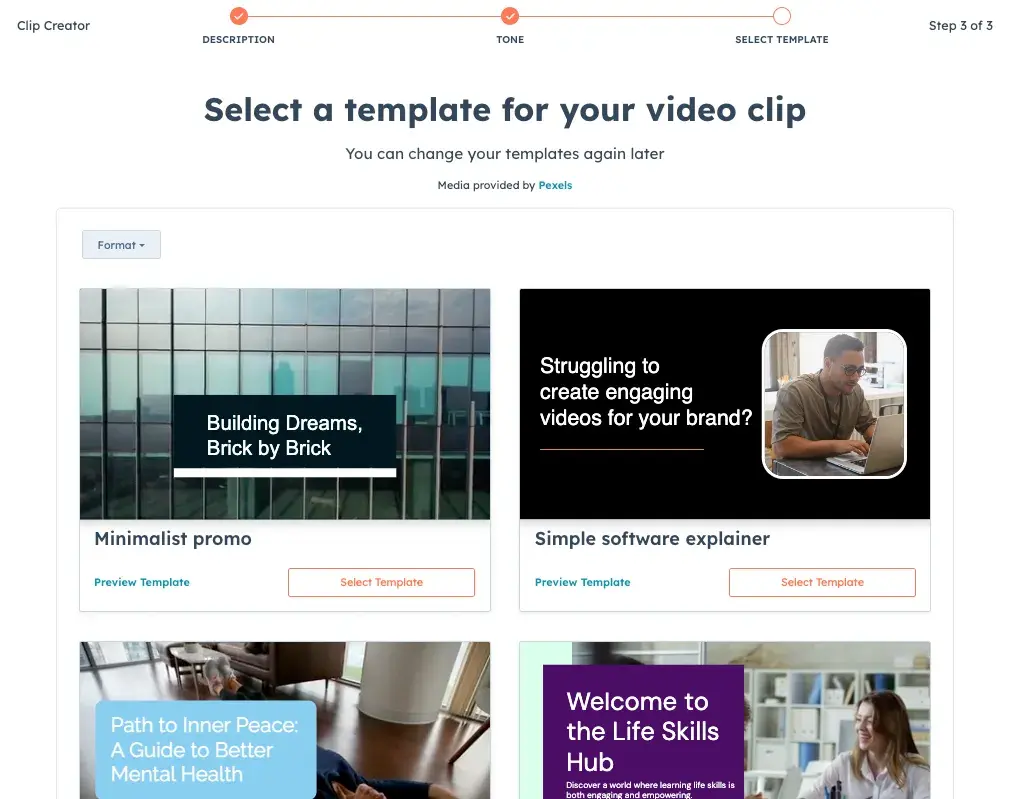

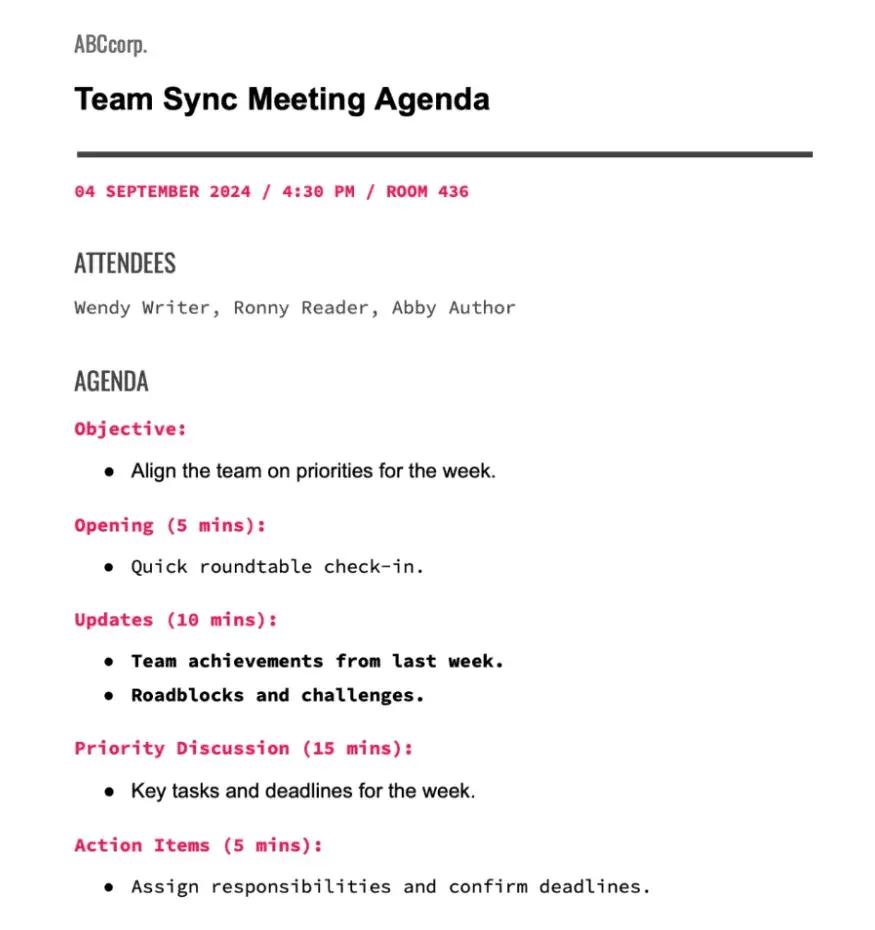
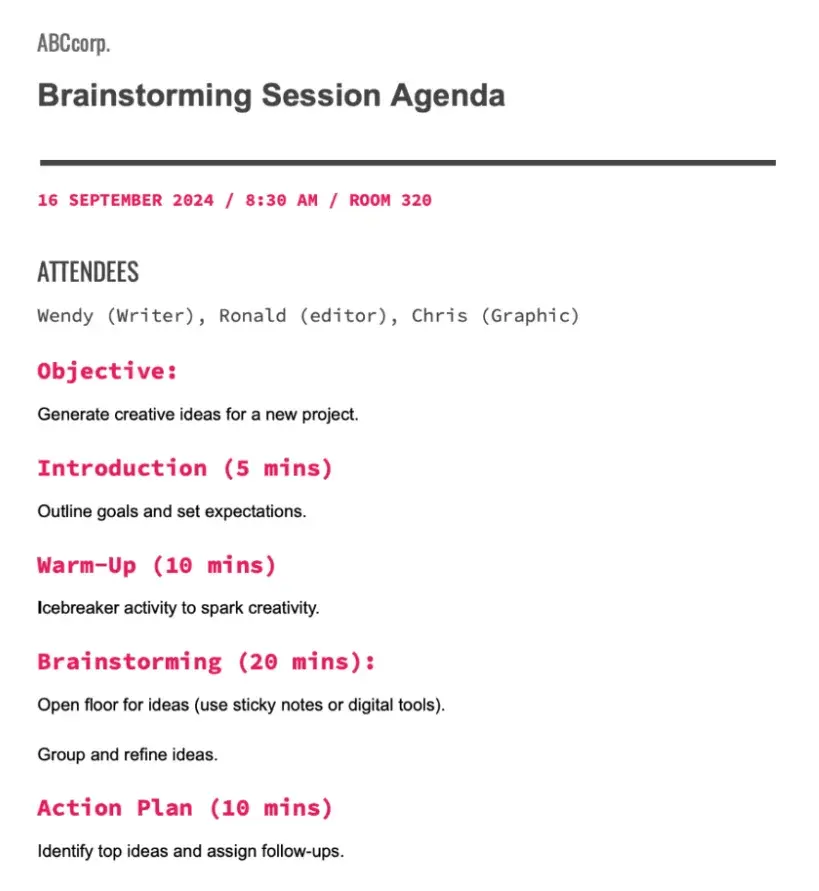
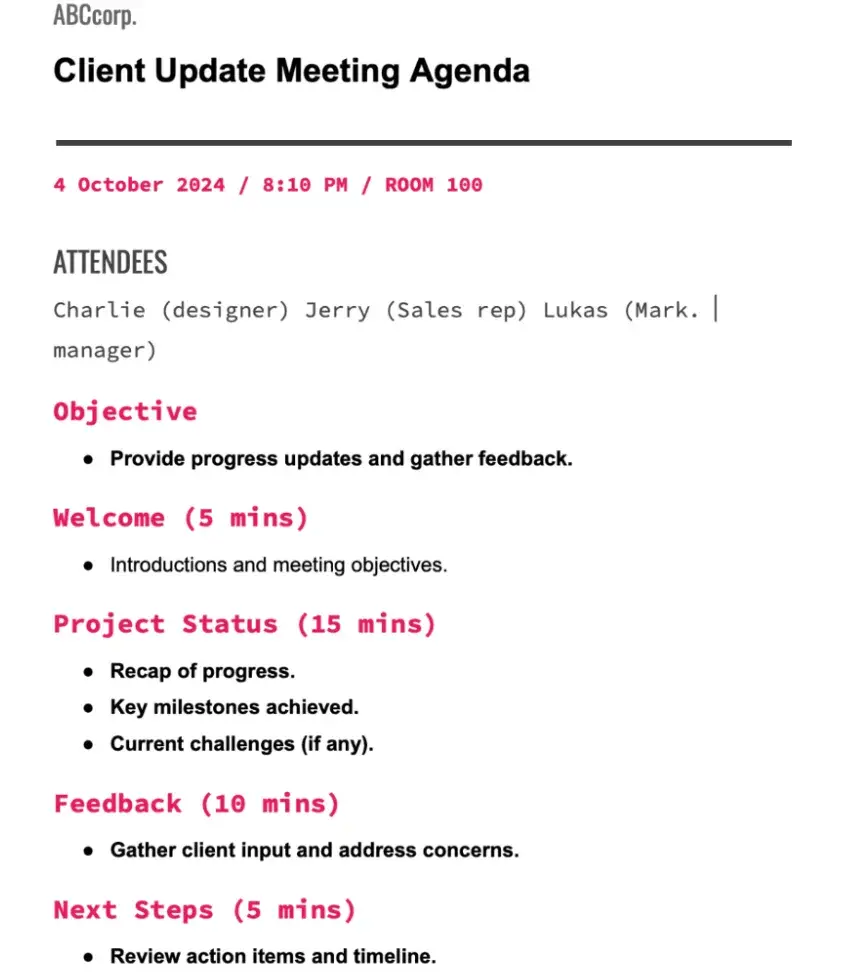
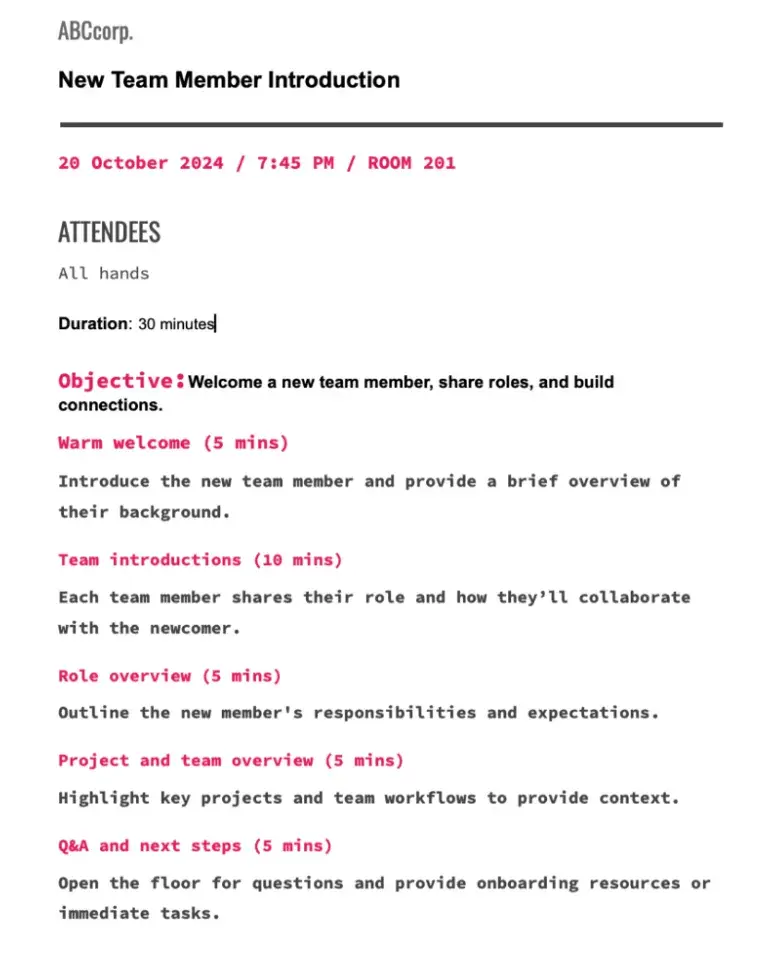
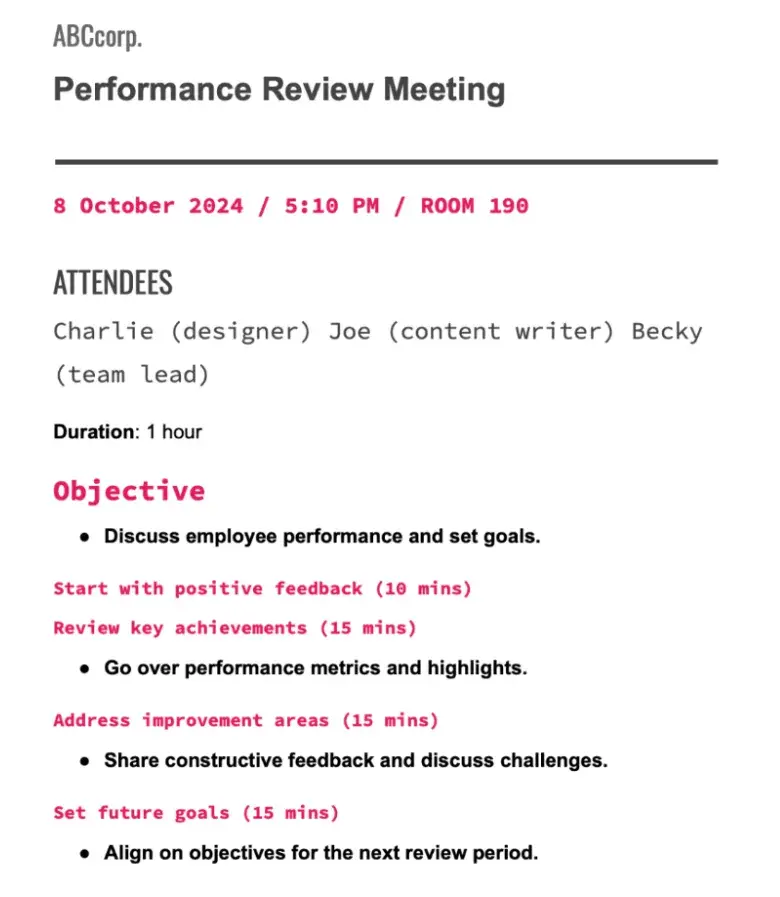
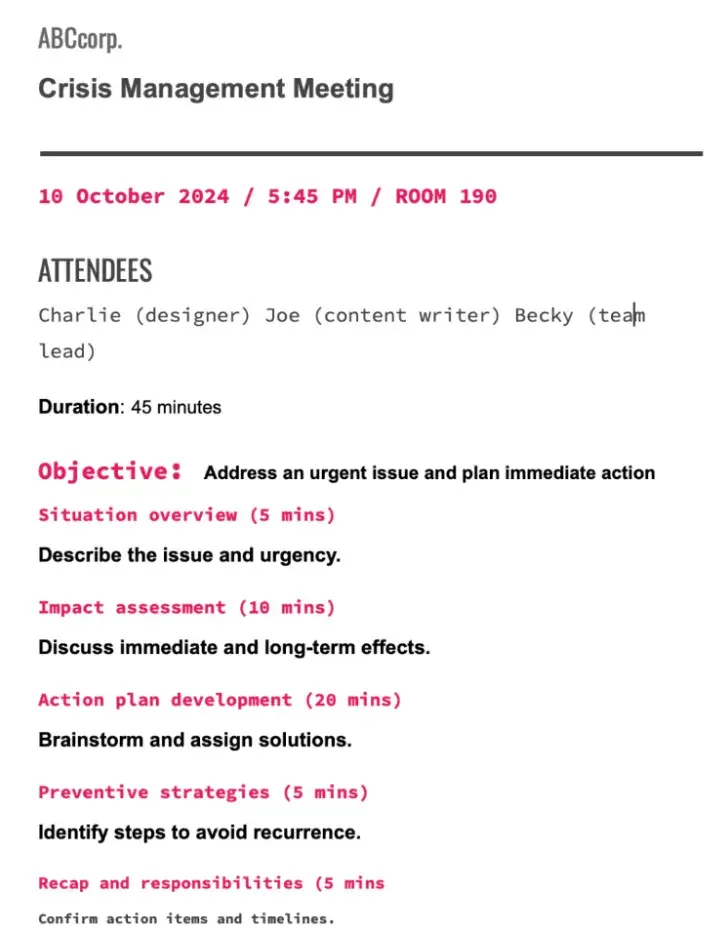
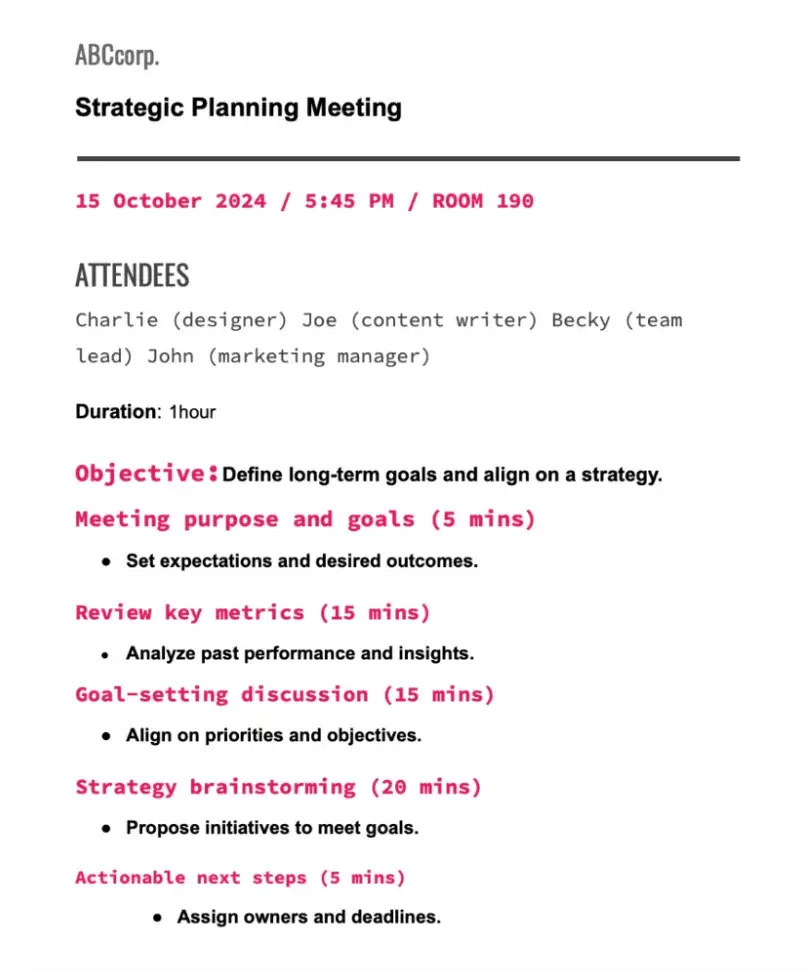
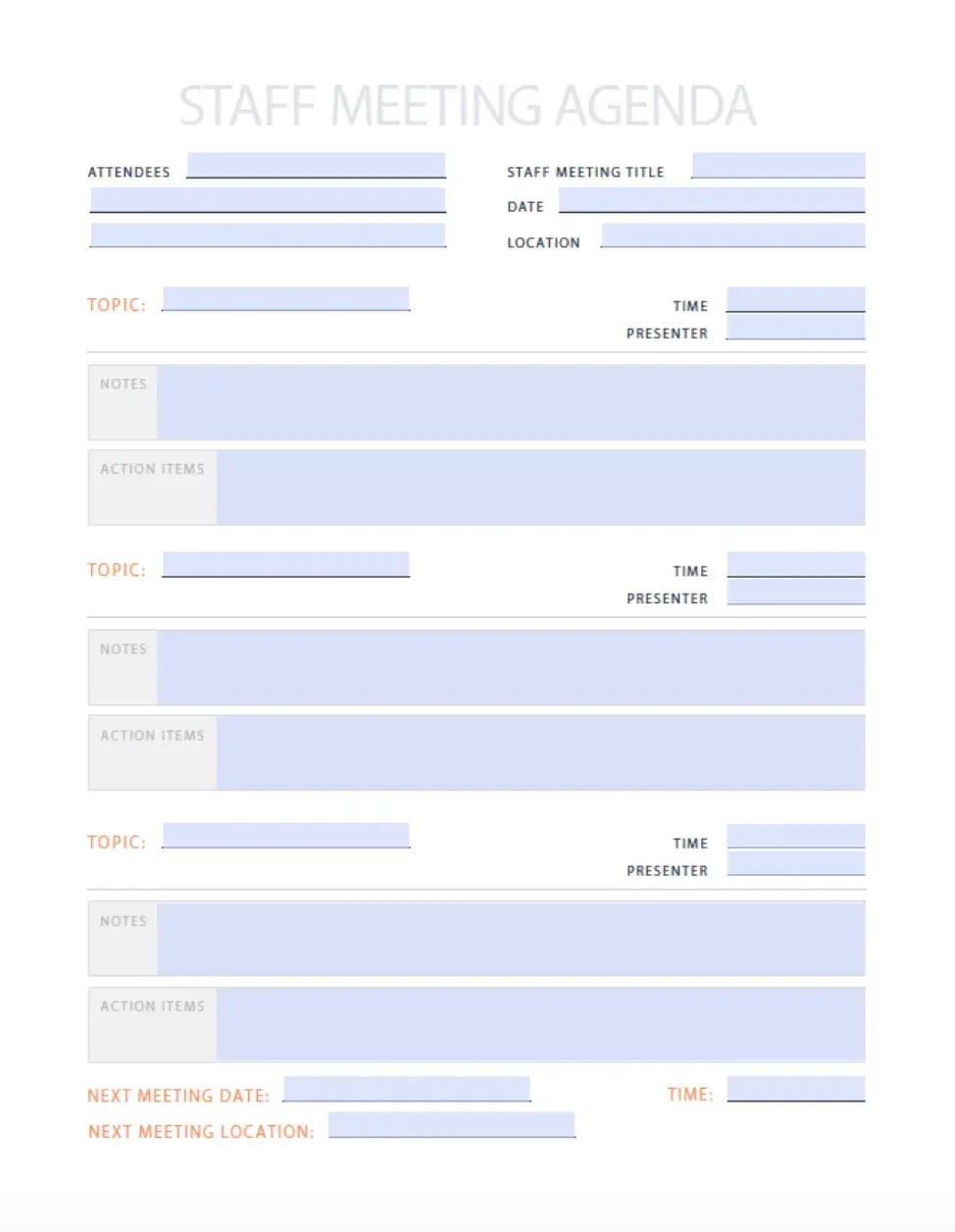
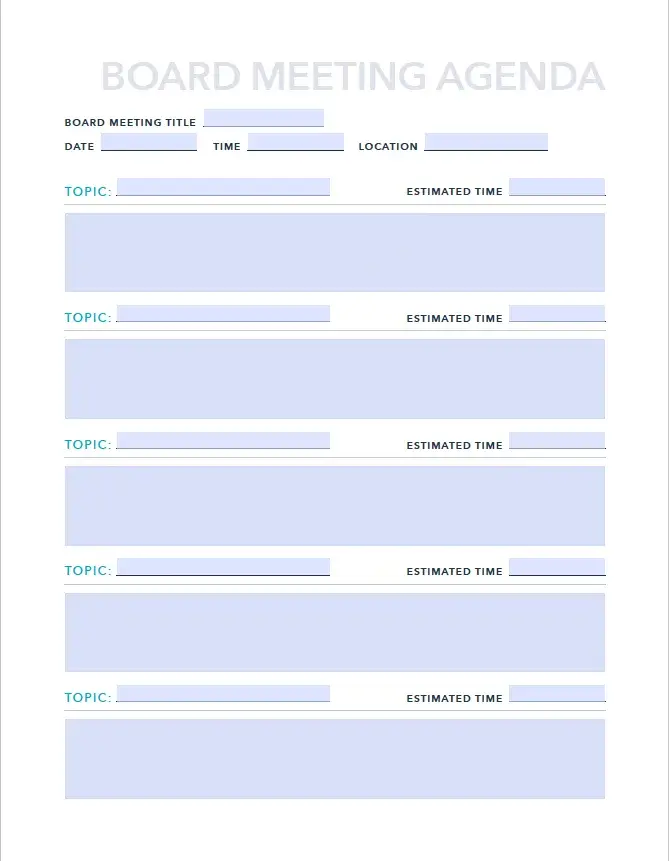
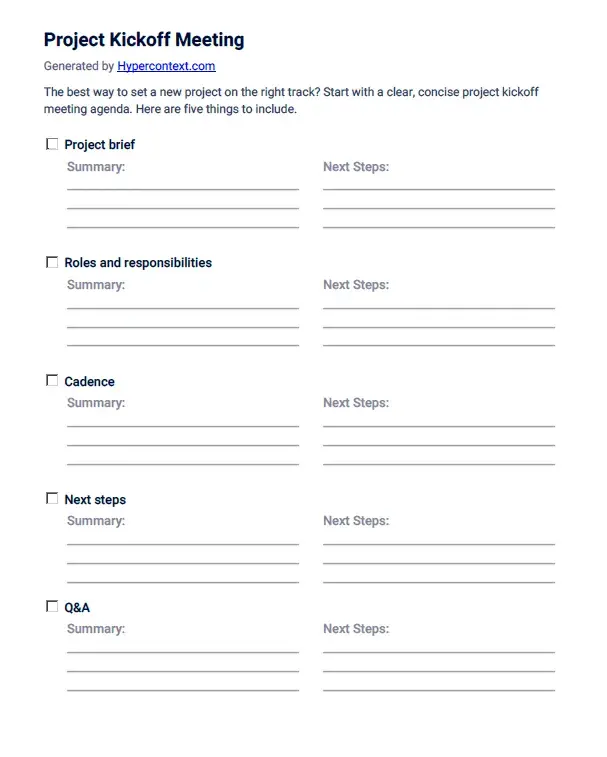
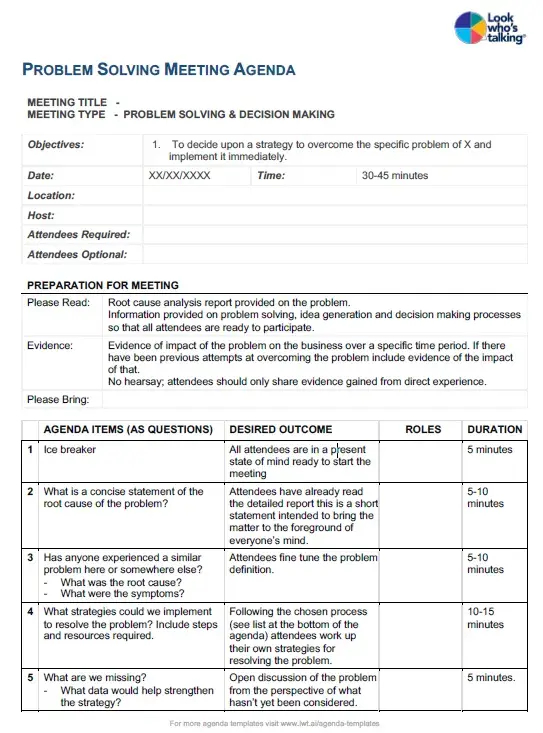
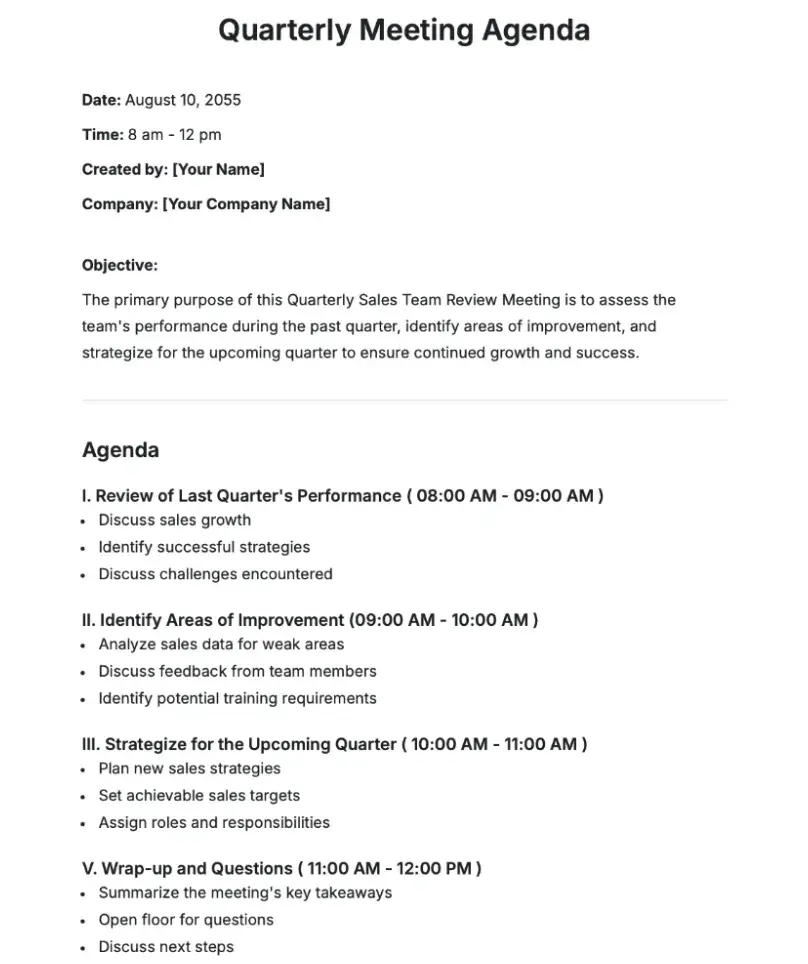
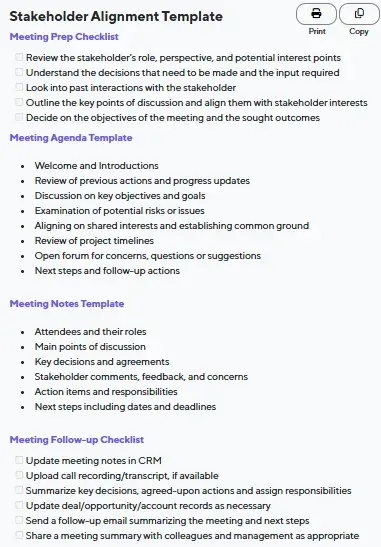
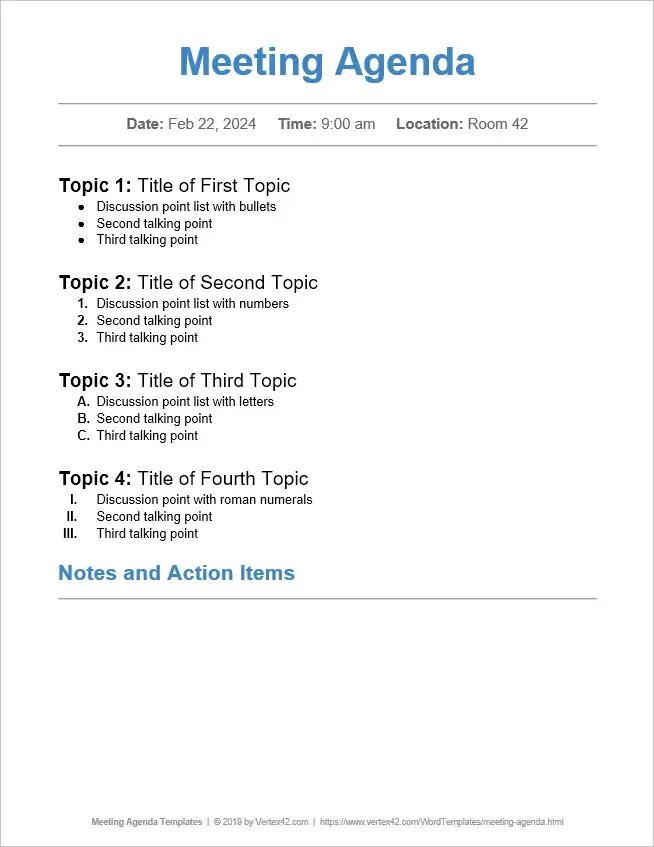
![Download Now: Complete Guide to Collaborating at Work [Free Guide + Templates]](https://i4lead.com/wp-content/uploads/2024/12/7b7e92ee-1d6f-46e1-a984-3c0aa19eb448.png)
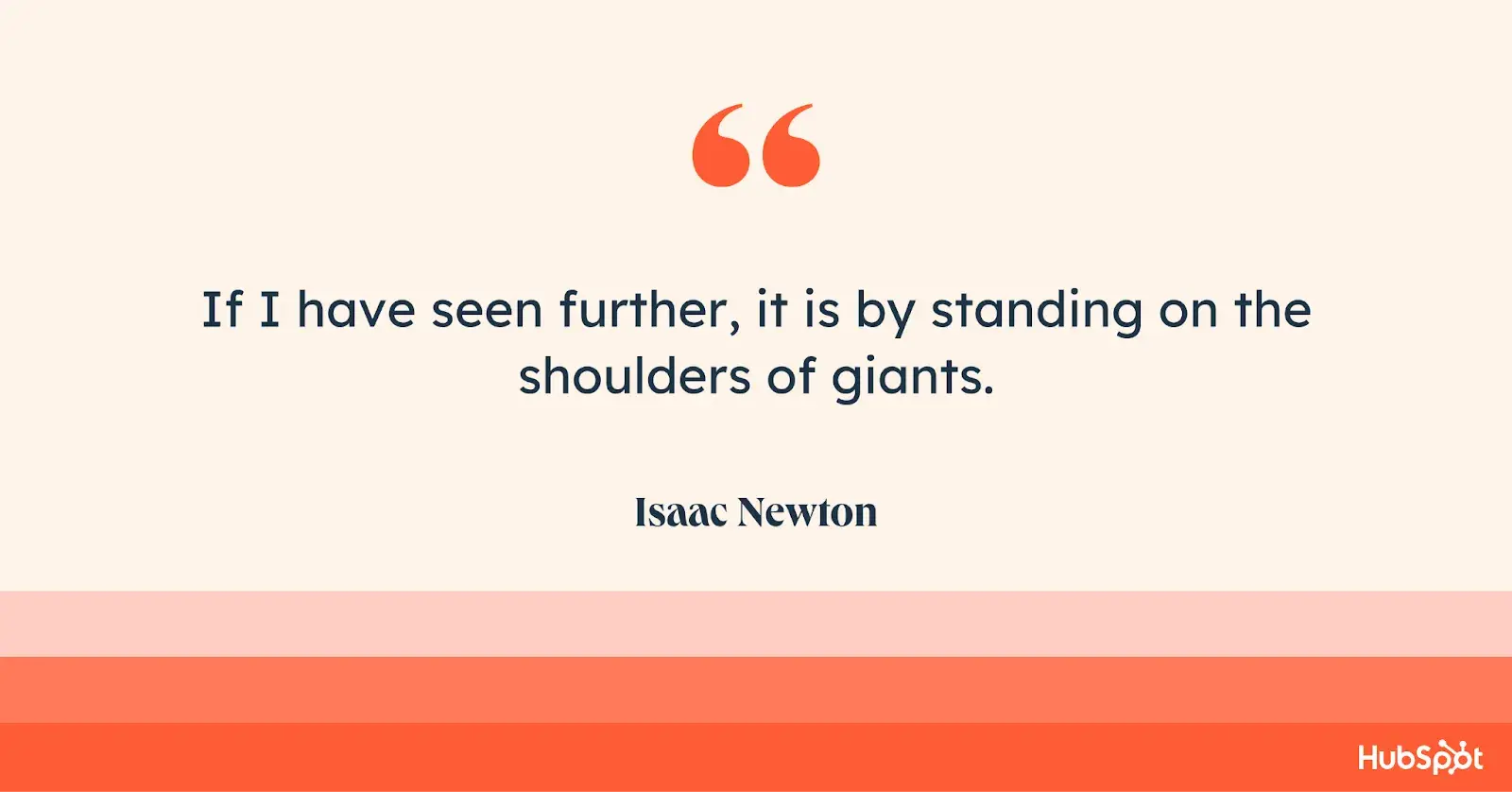

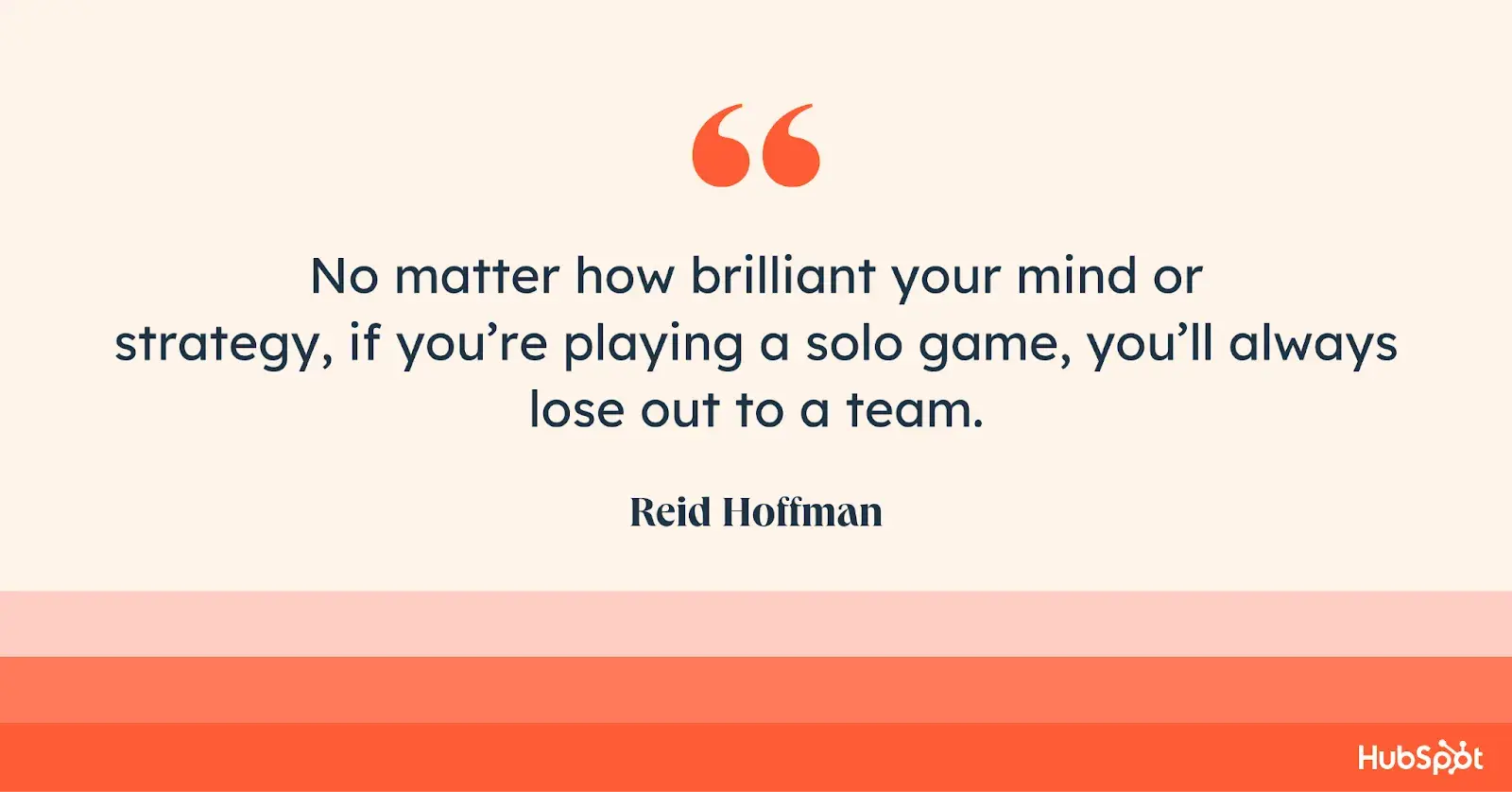
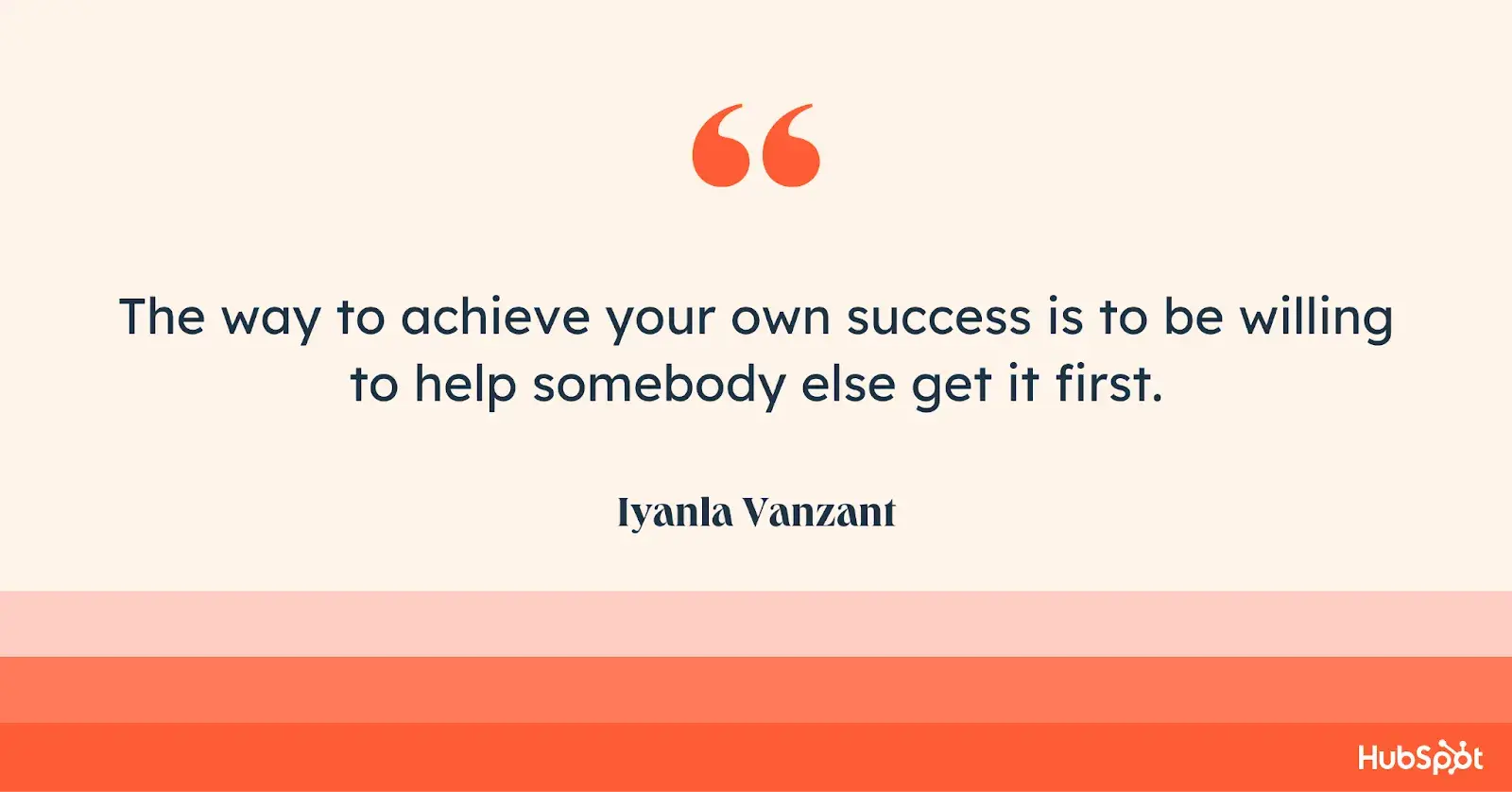
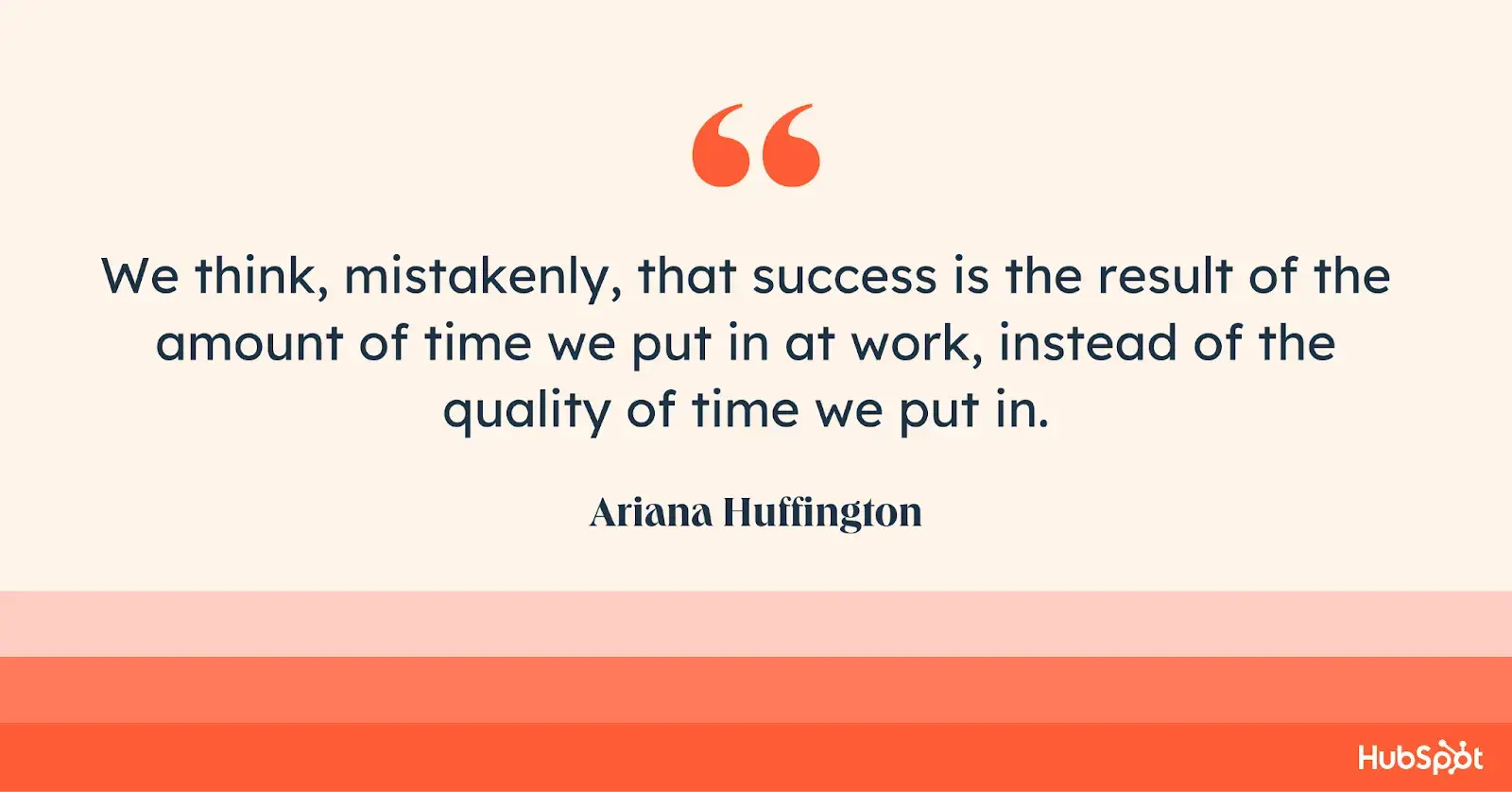
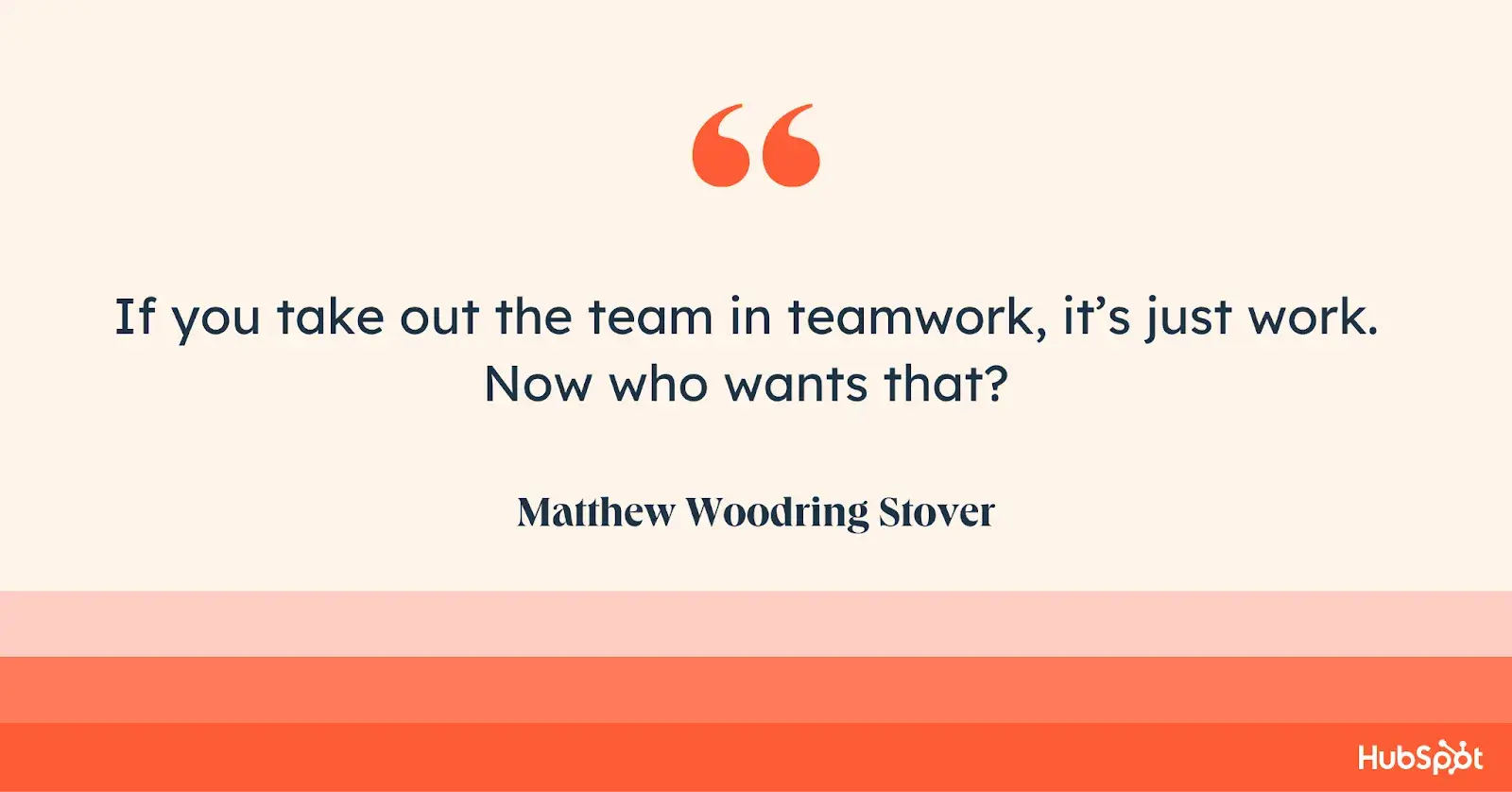
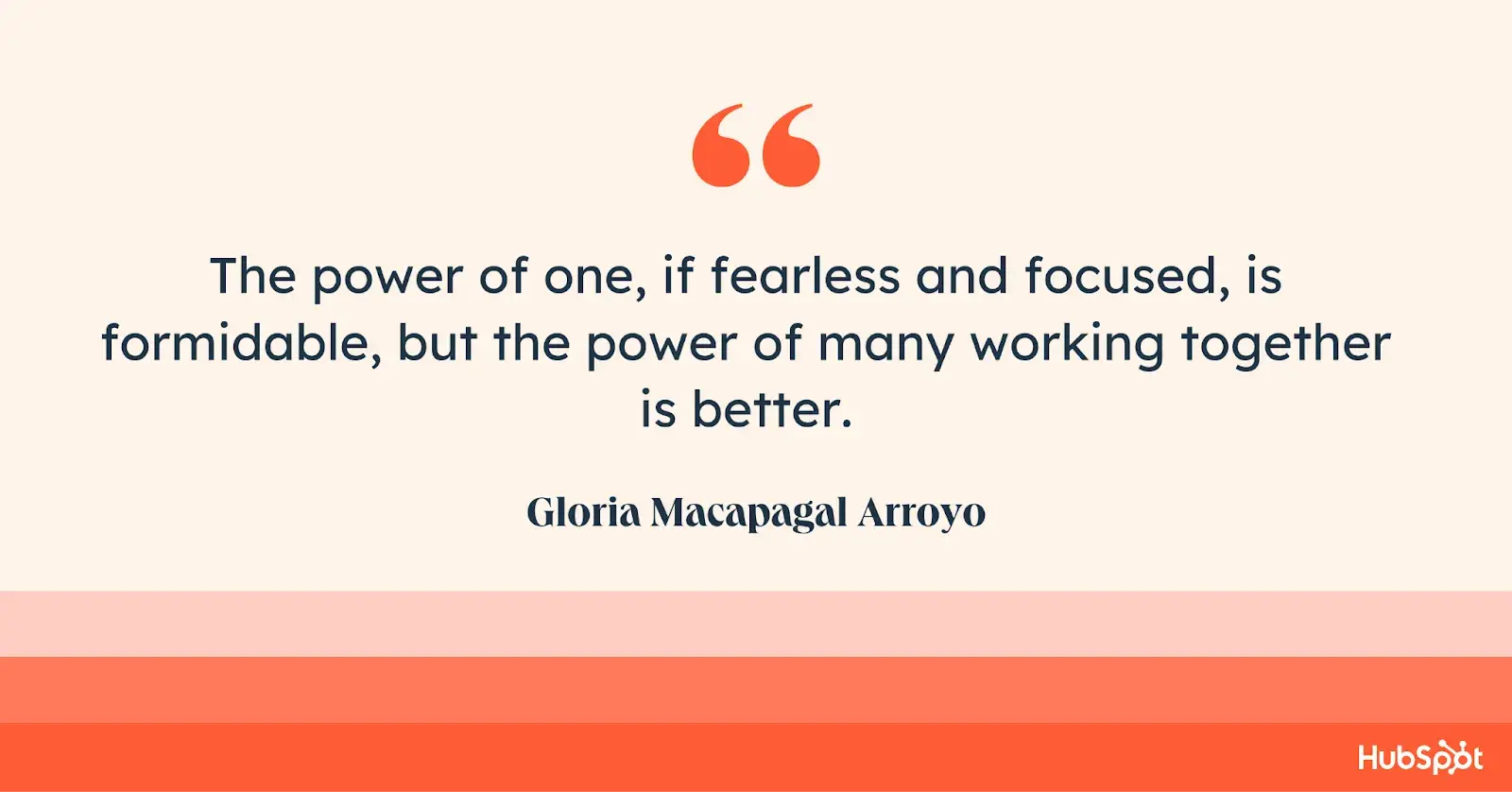
![Download Now: 50+ Excel Hacks [Free Guide]](https://i4lead.com/wp-content/uploads/2024/12/067360a3-cf50-4923-b737-86af07177c39.png)


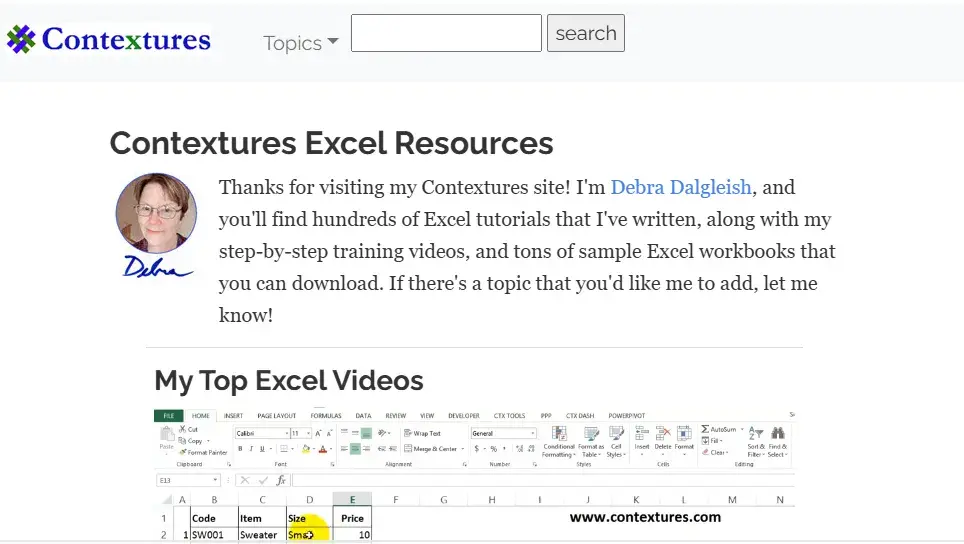
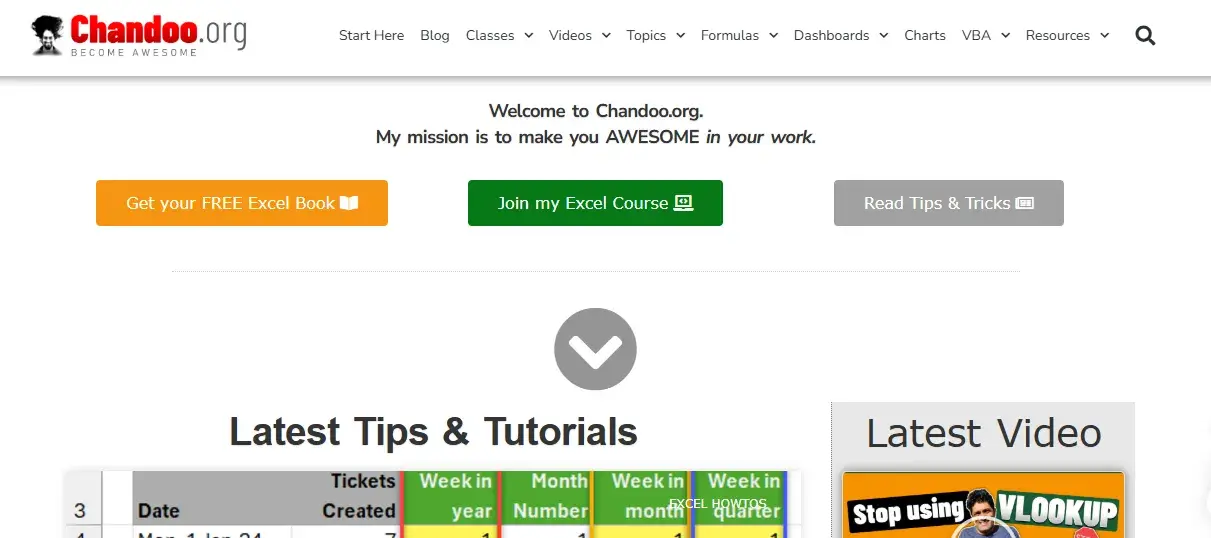

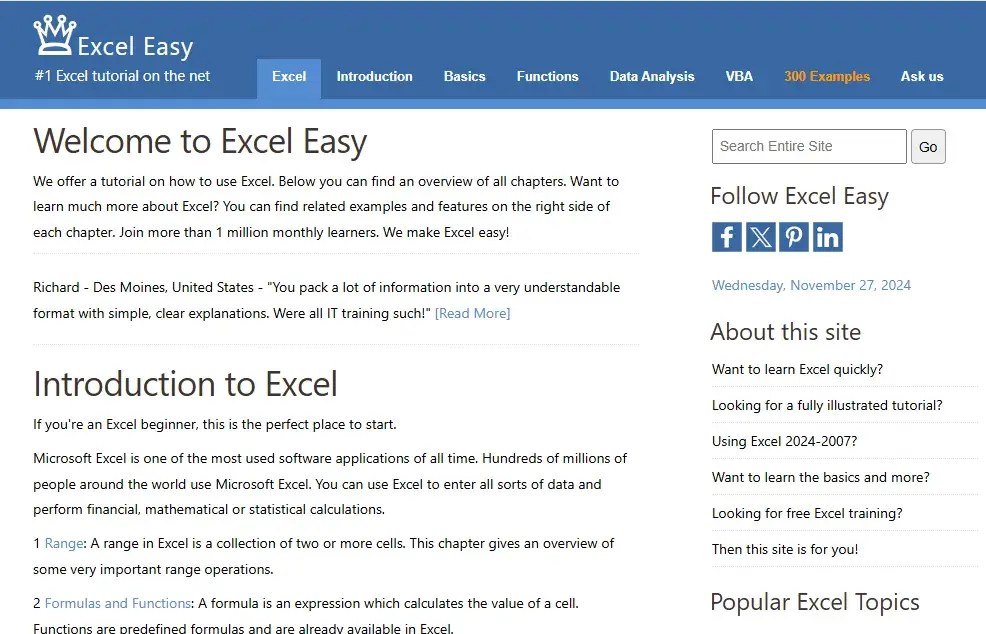
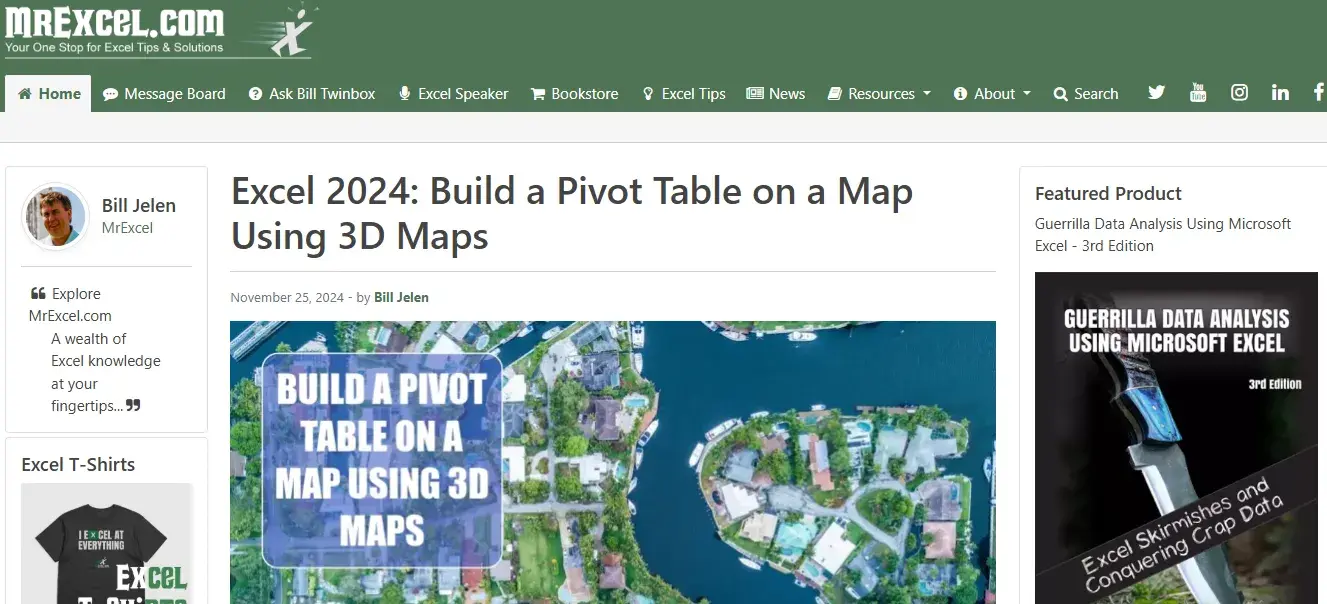
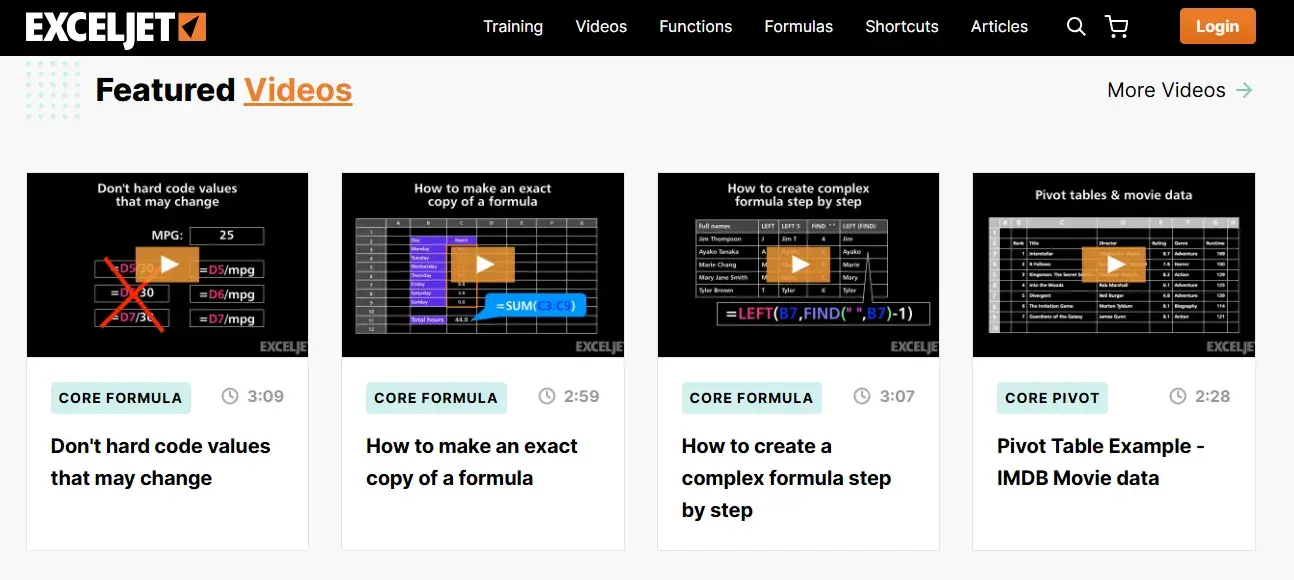
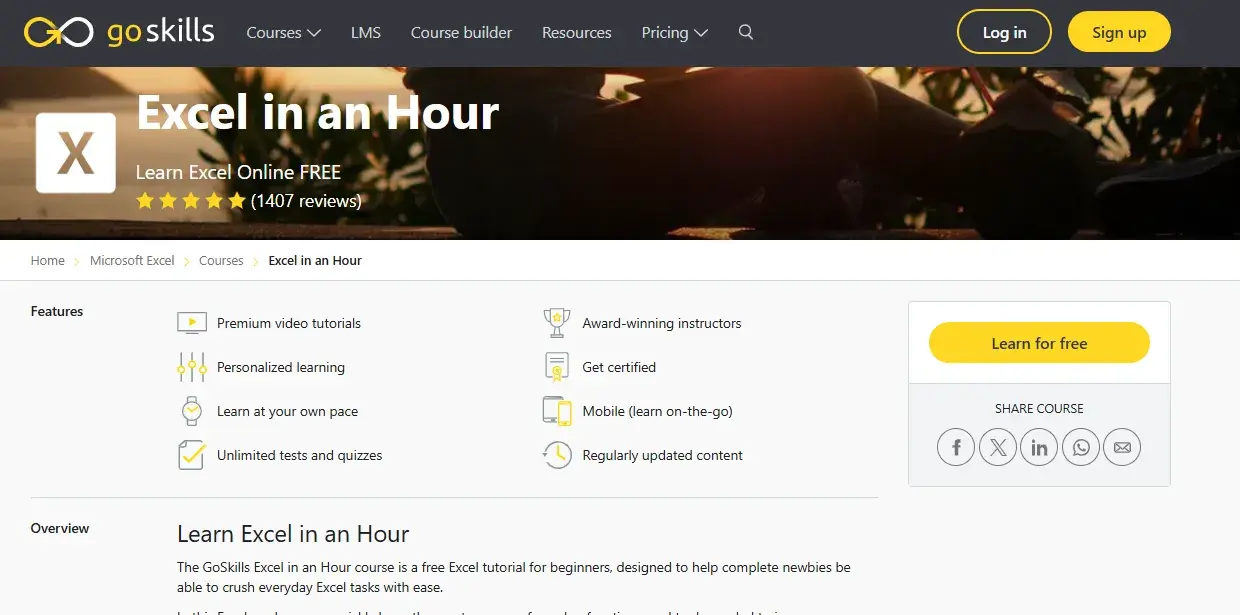
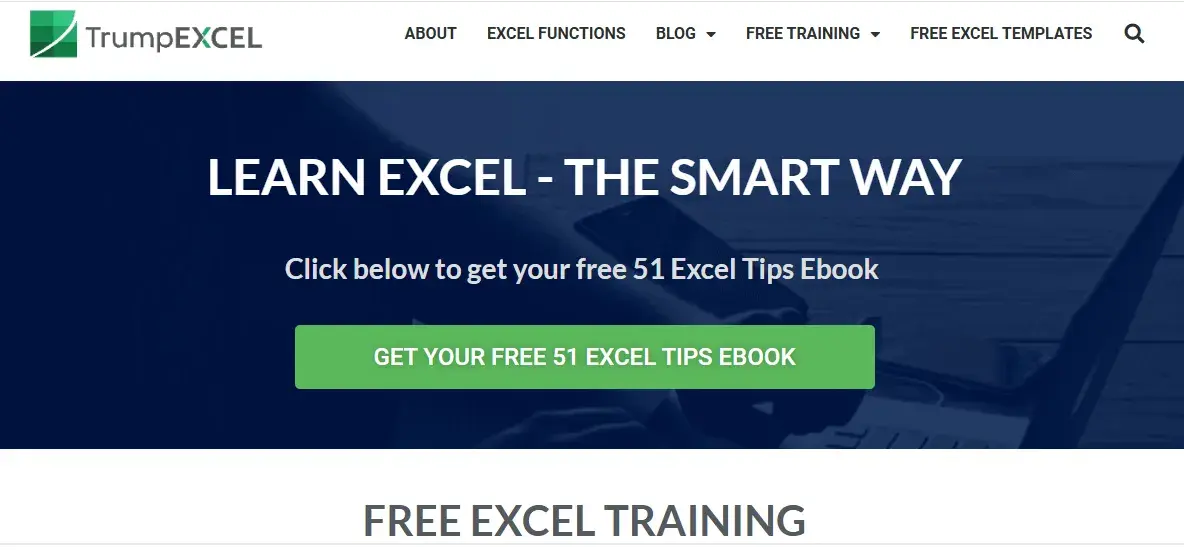
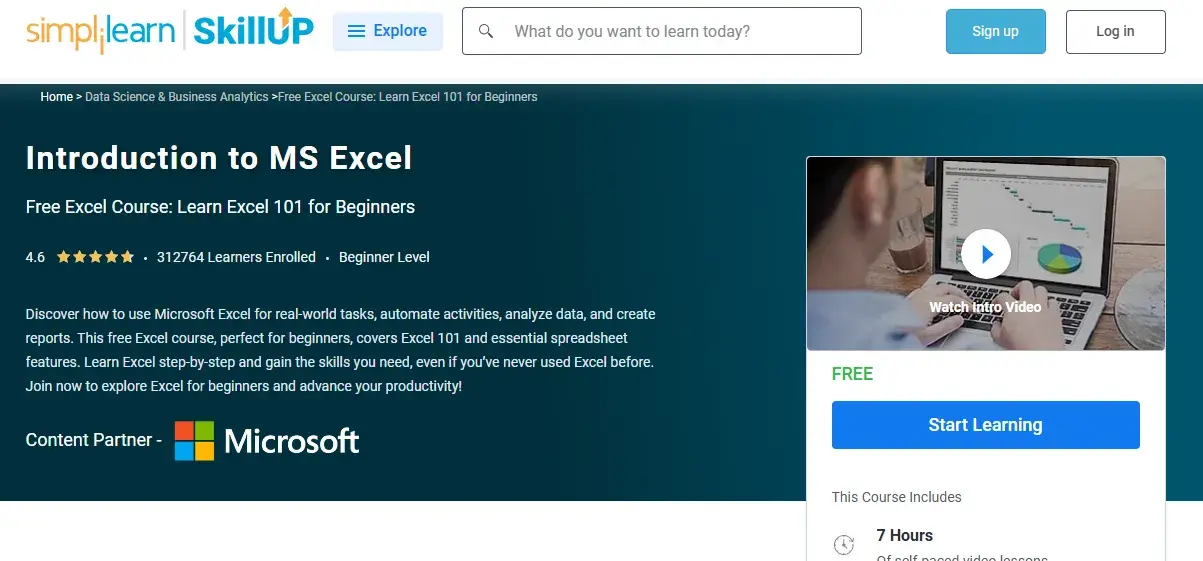
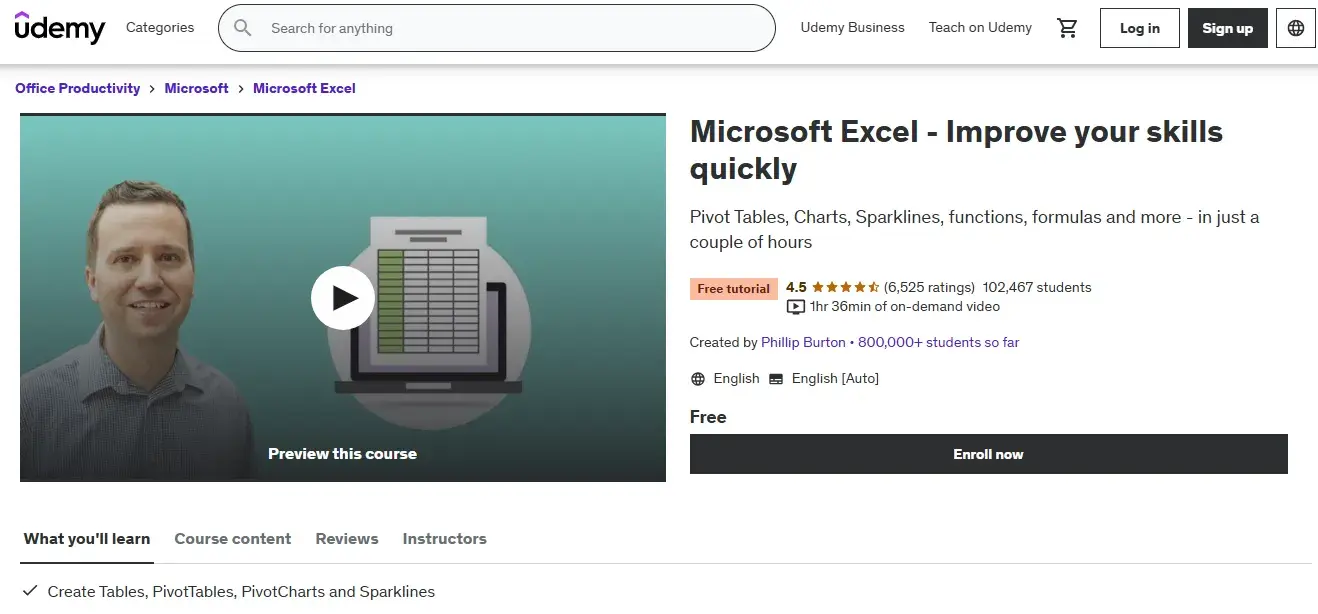
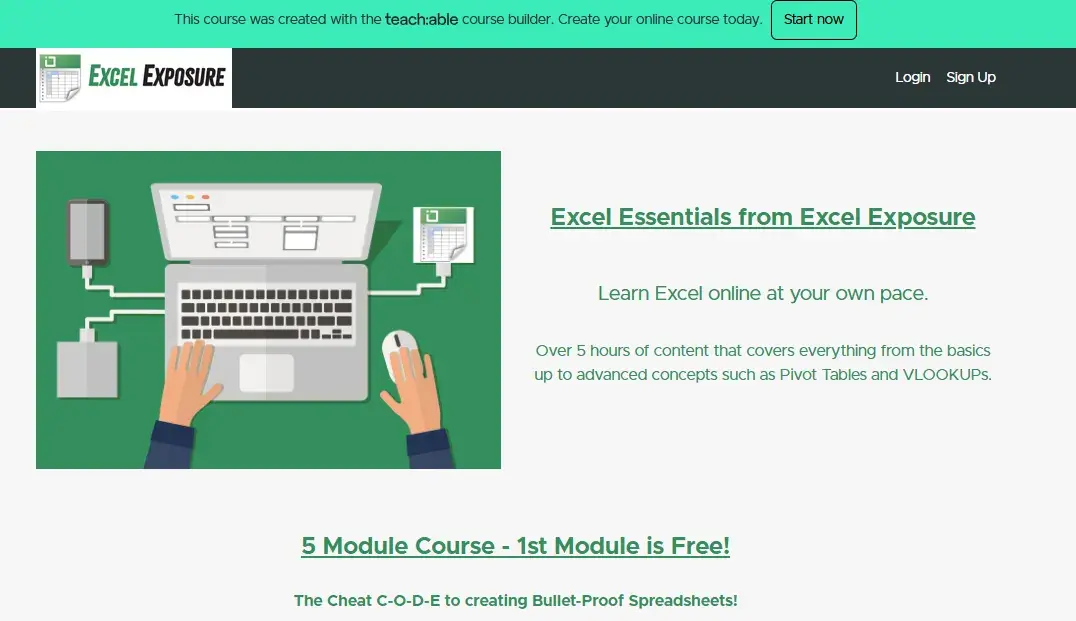
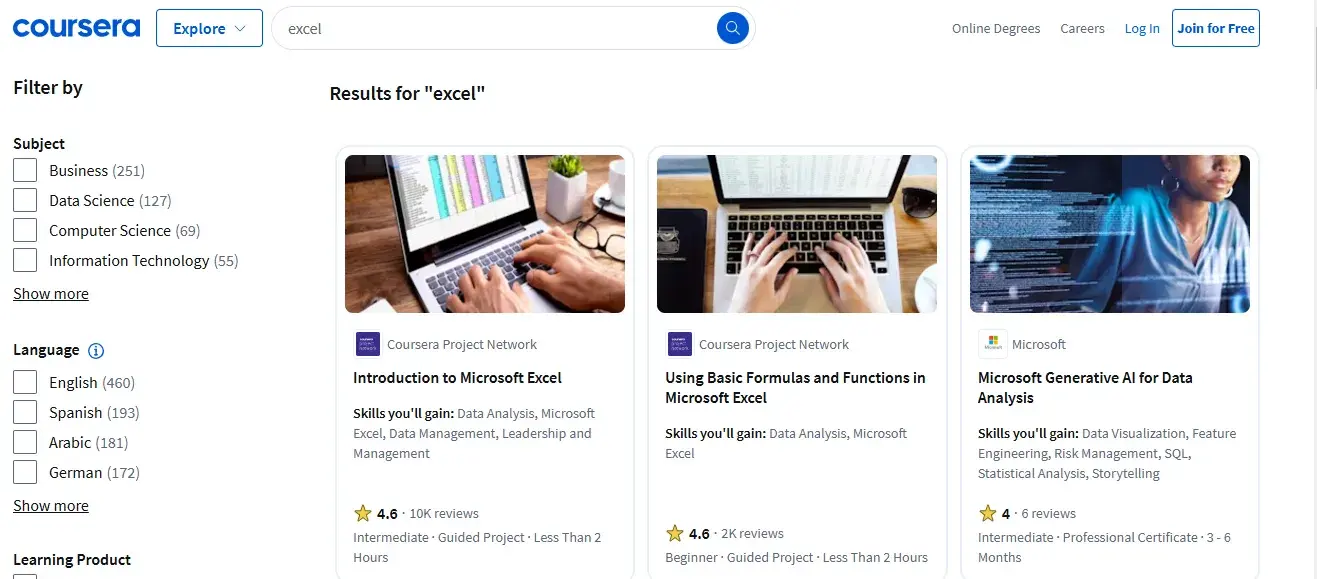
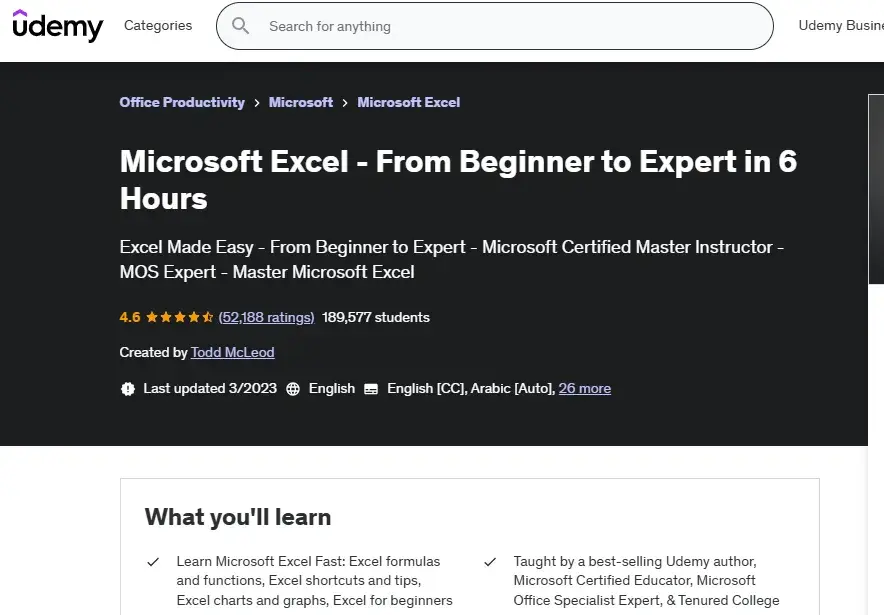
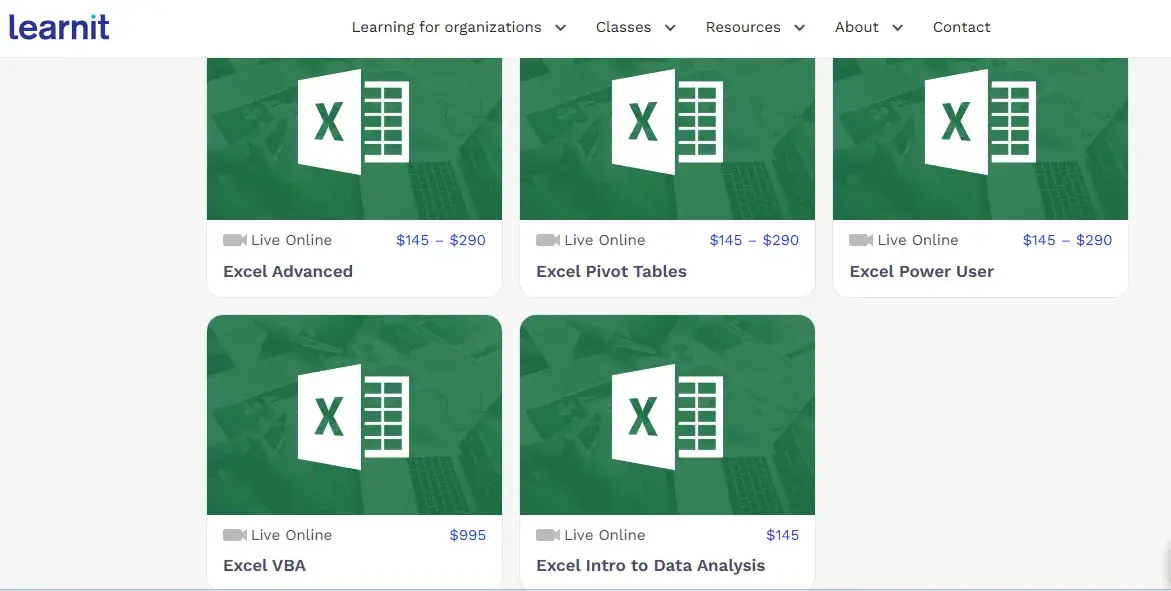
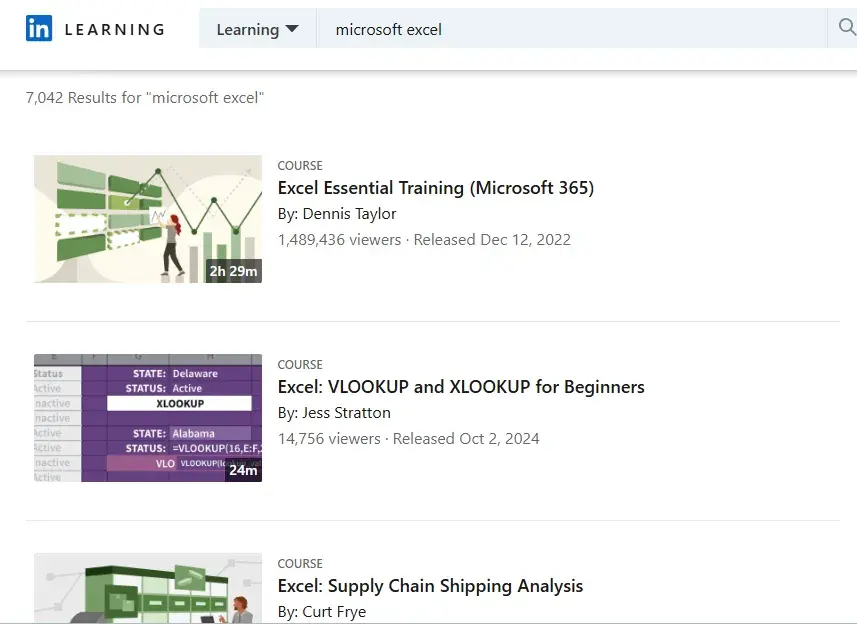

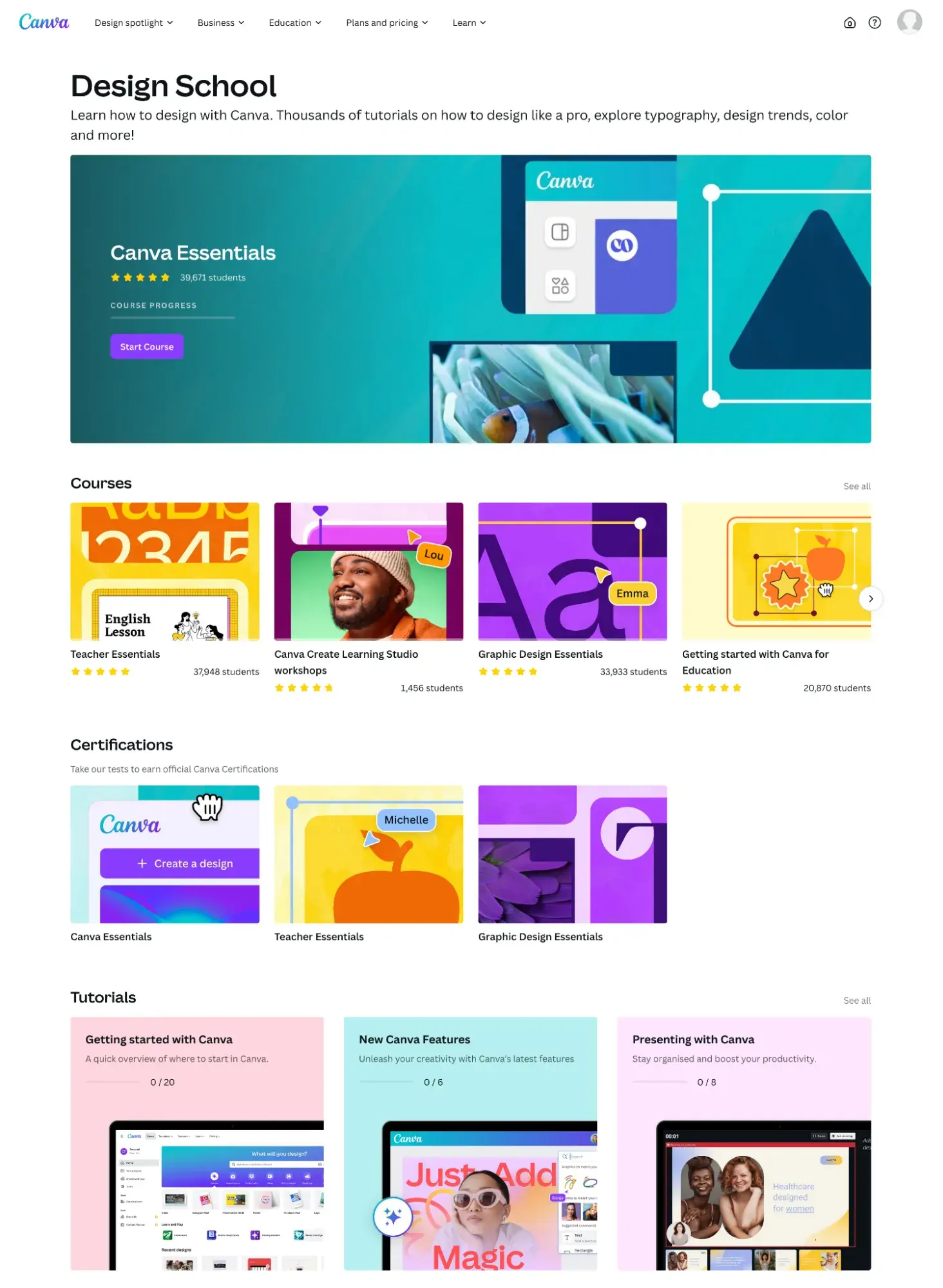
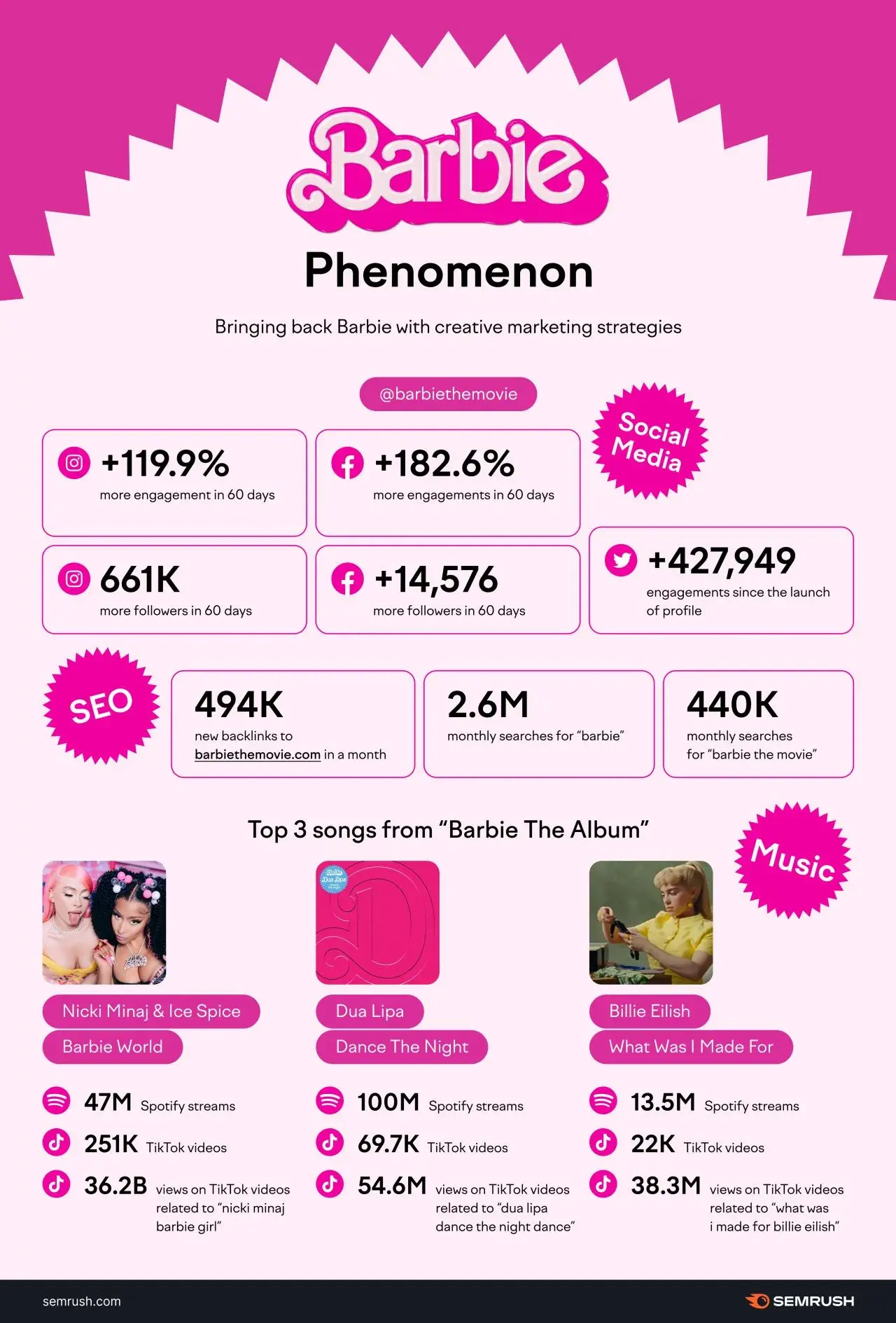


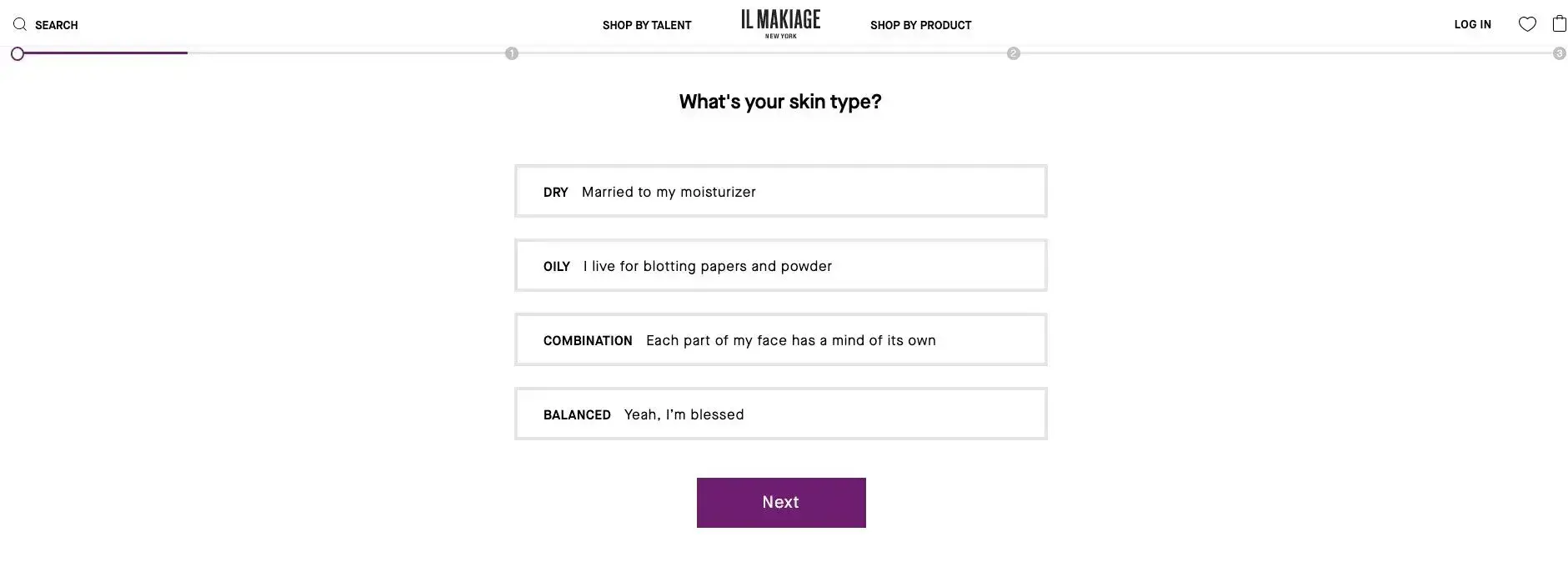



![Free Kit: How to Build a Brand [Download Now]](https://i4lead.com/wp-content/uploads/2024/12/814dd420-0d49-40e0-b59c-f01066e186c1-1.png)